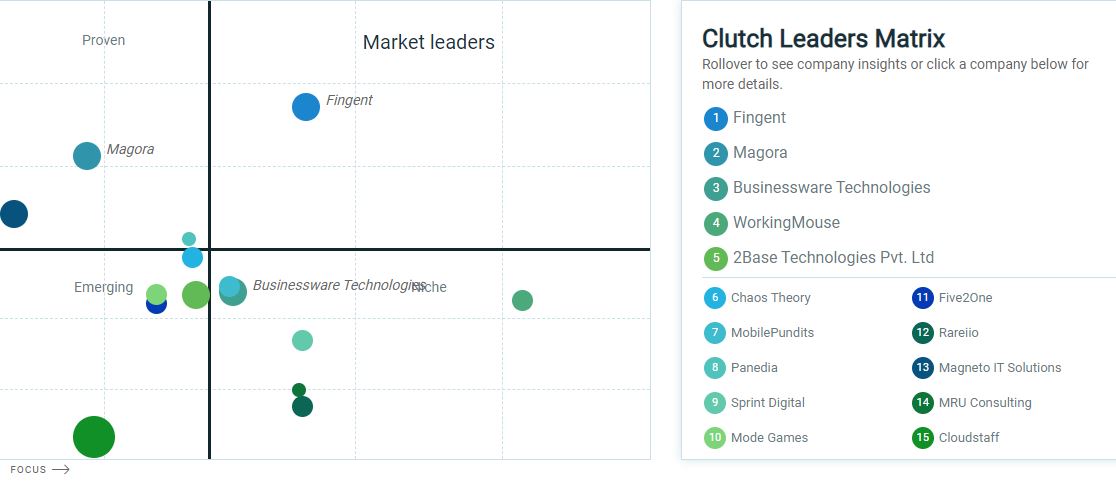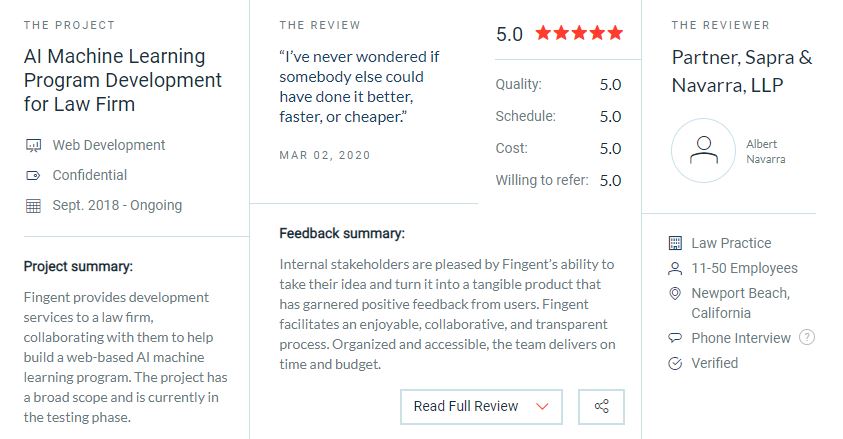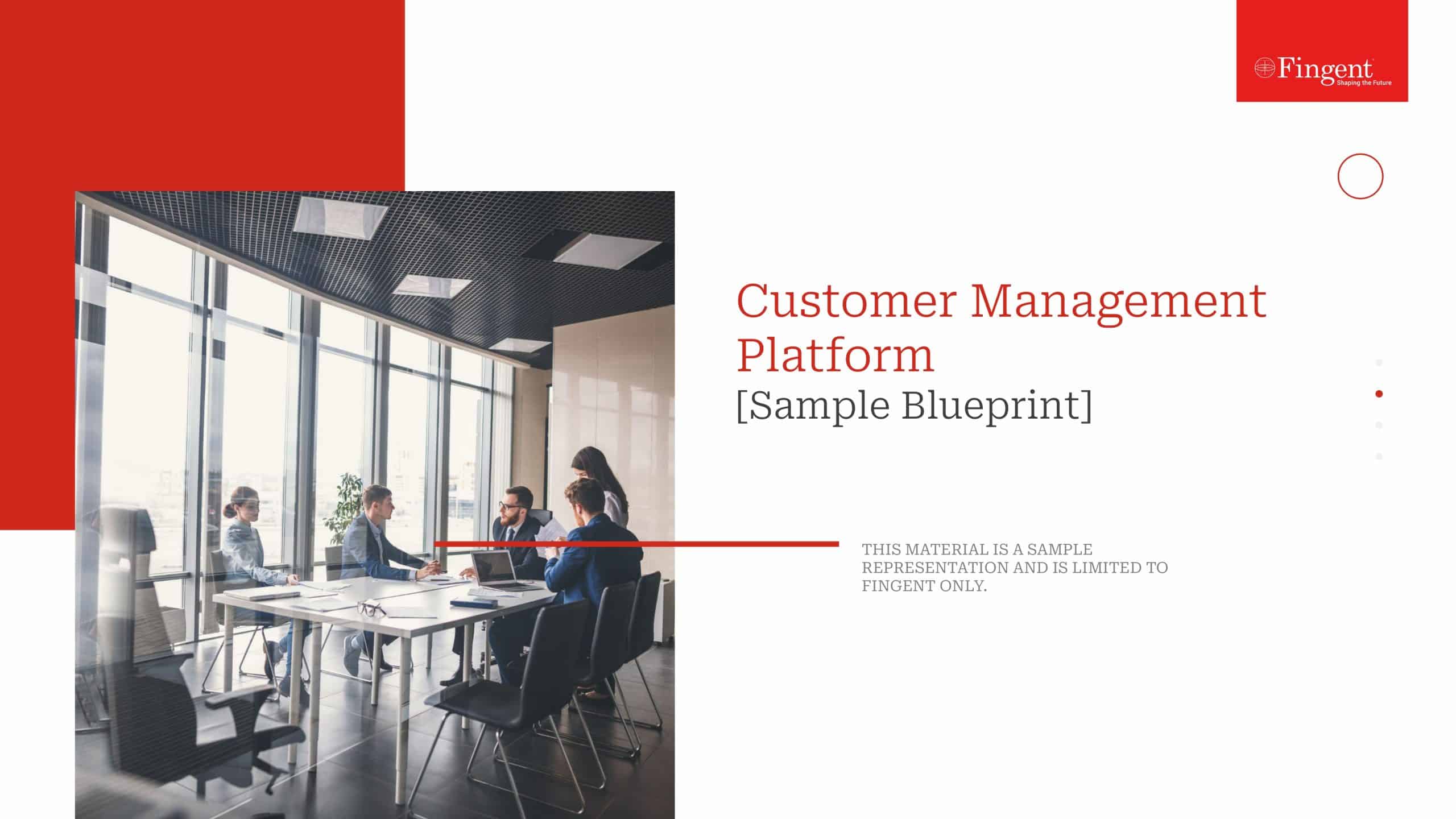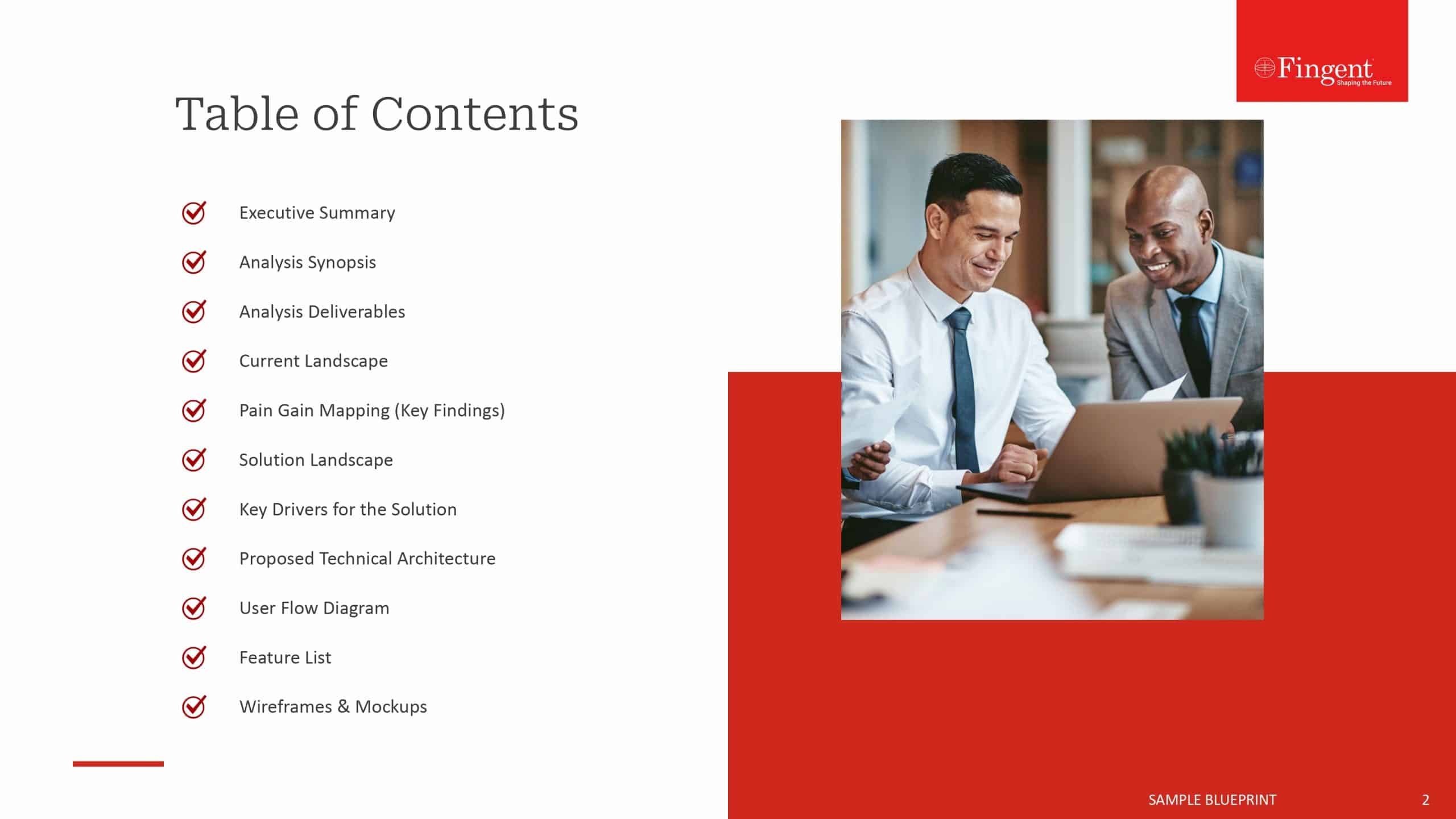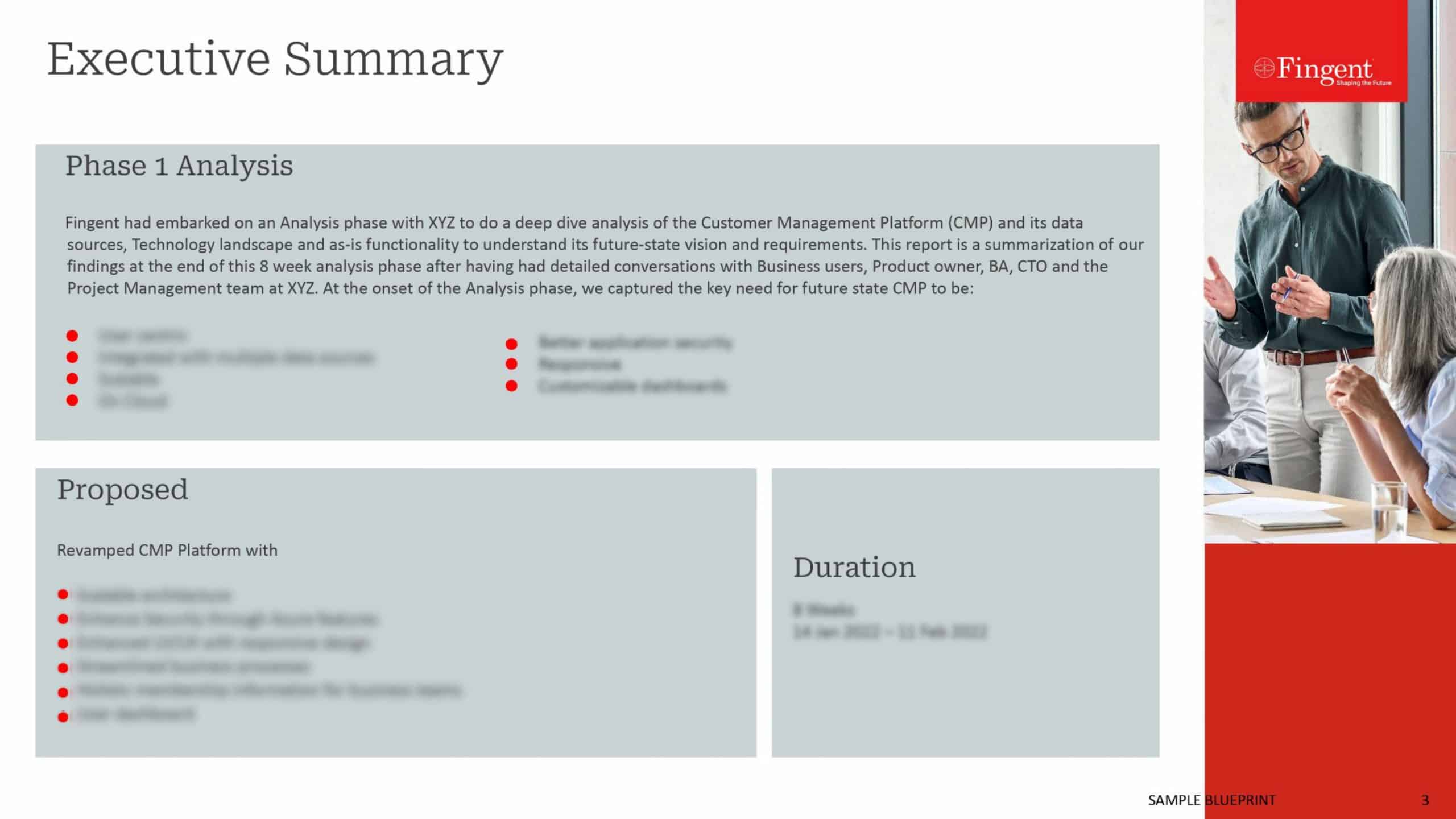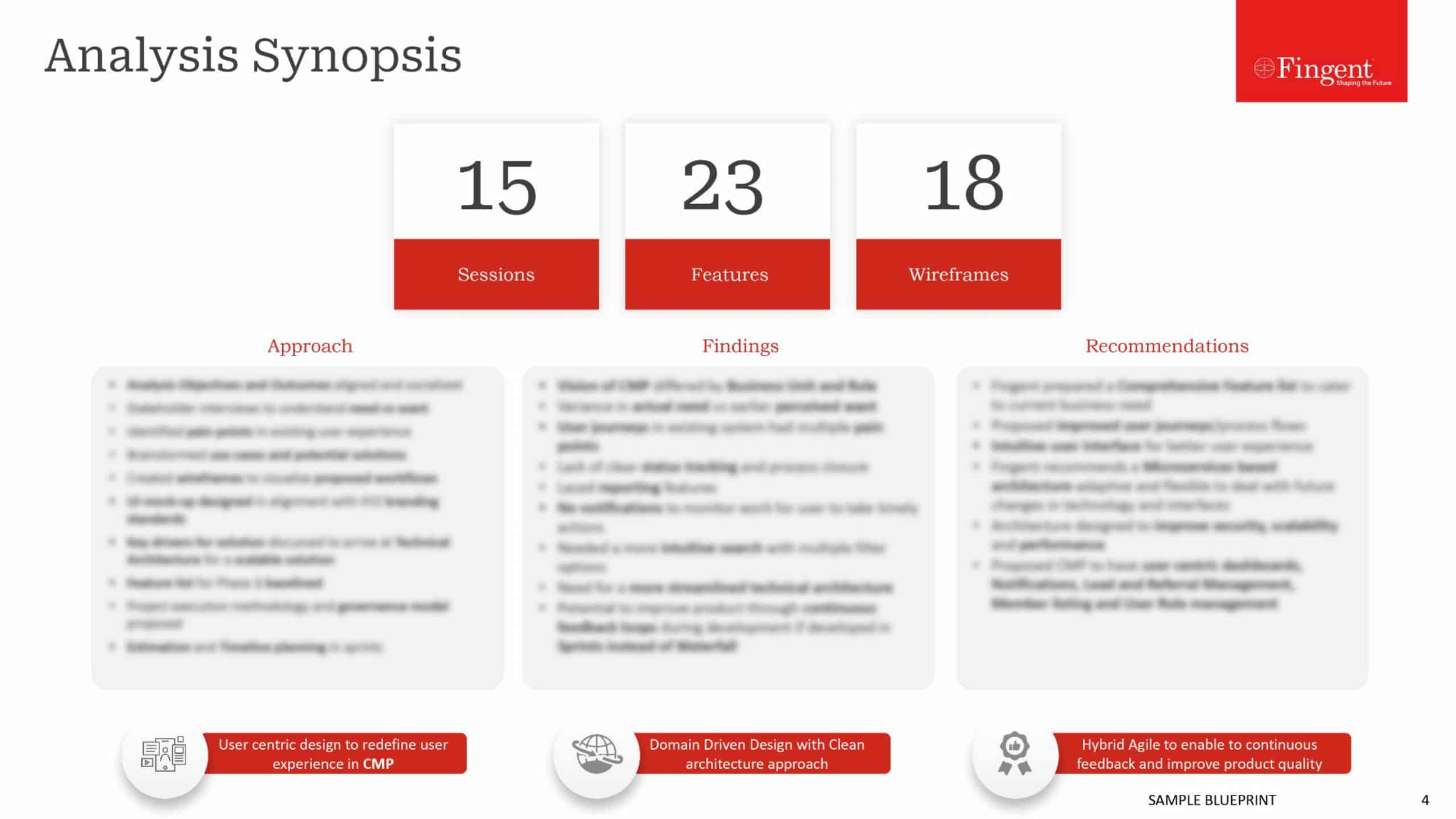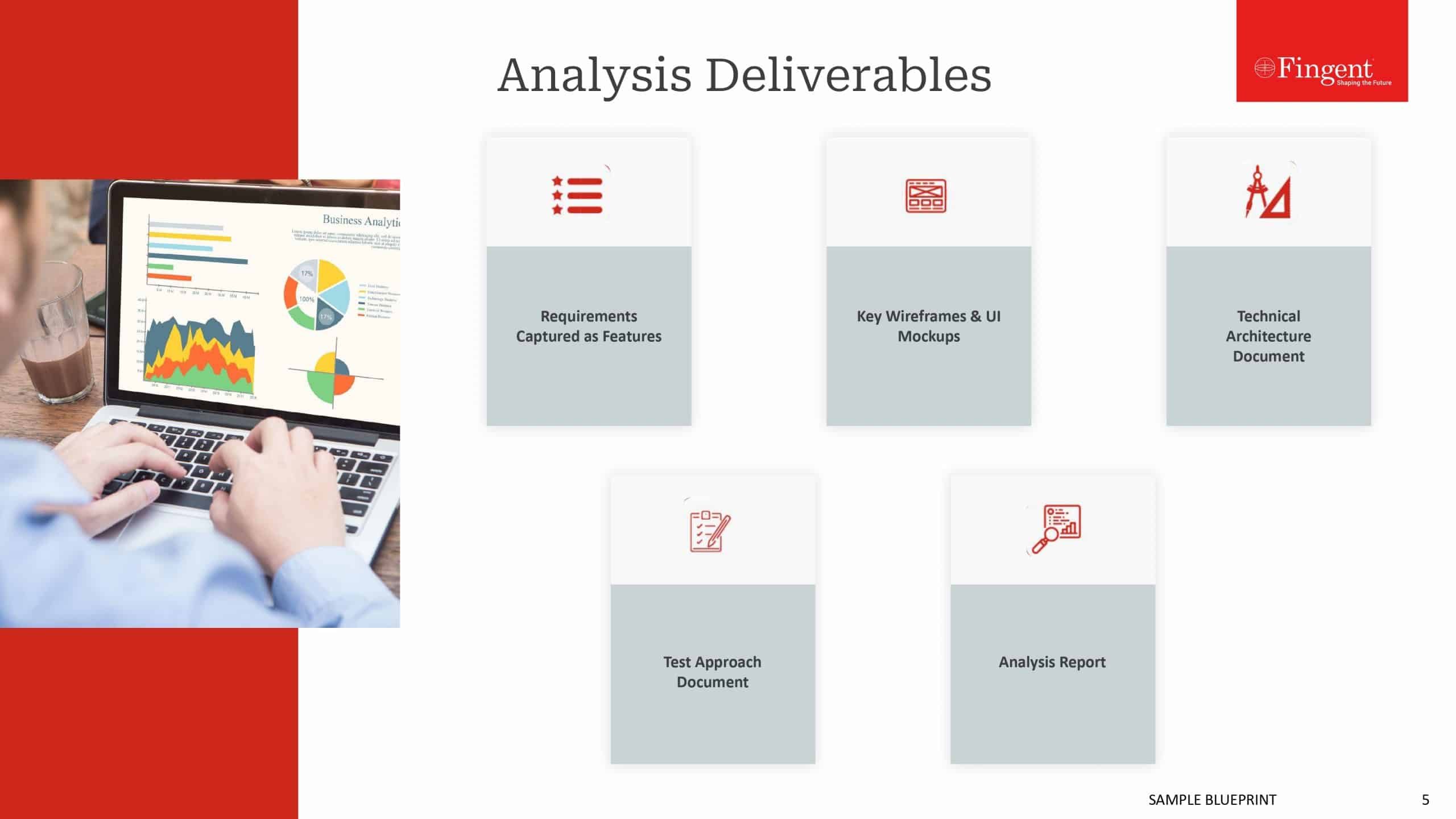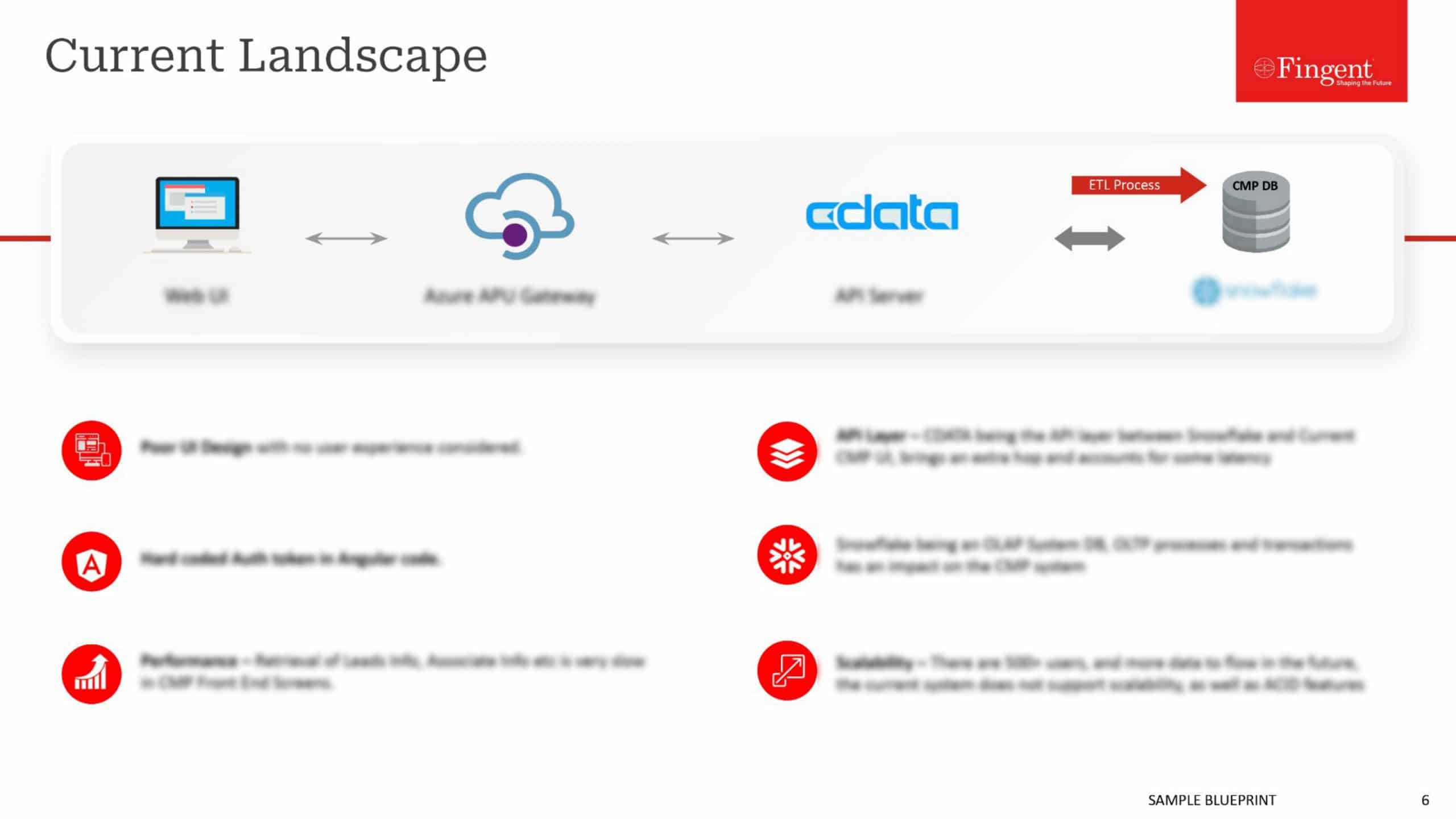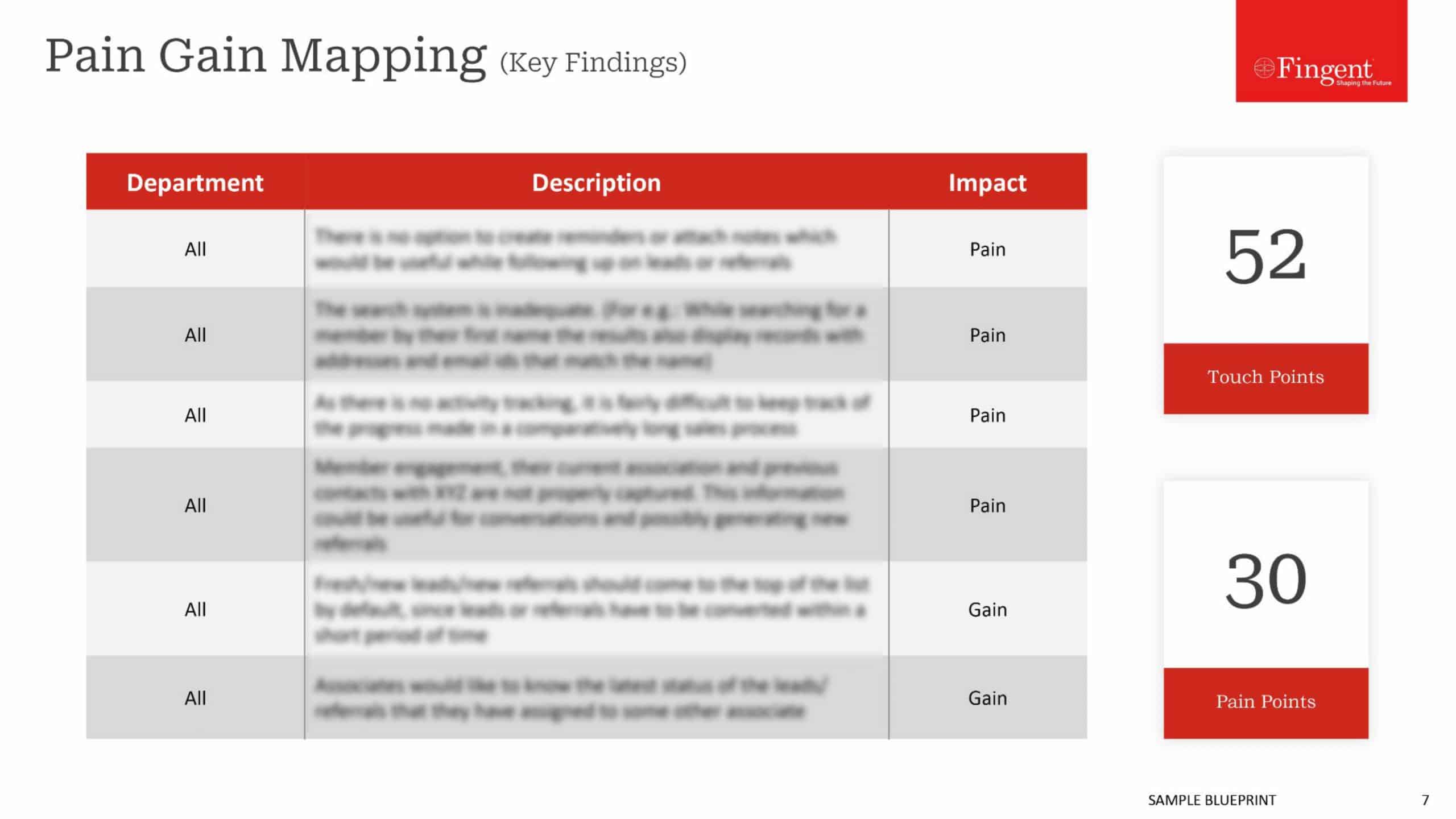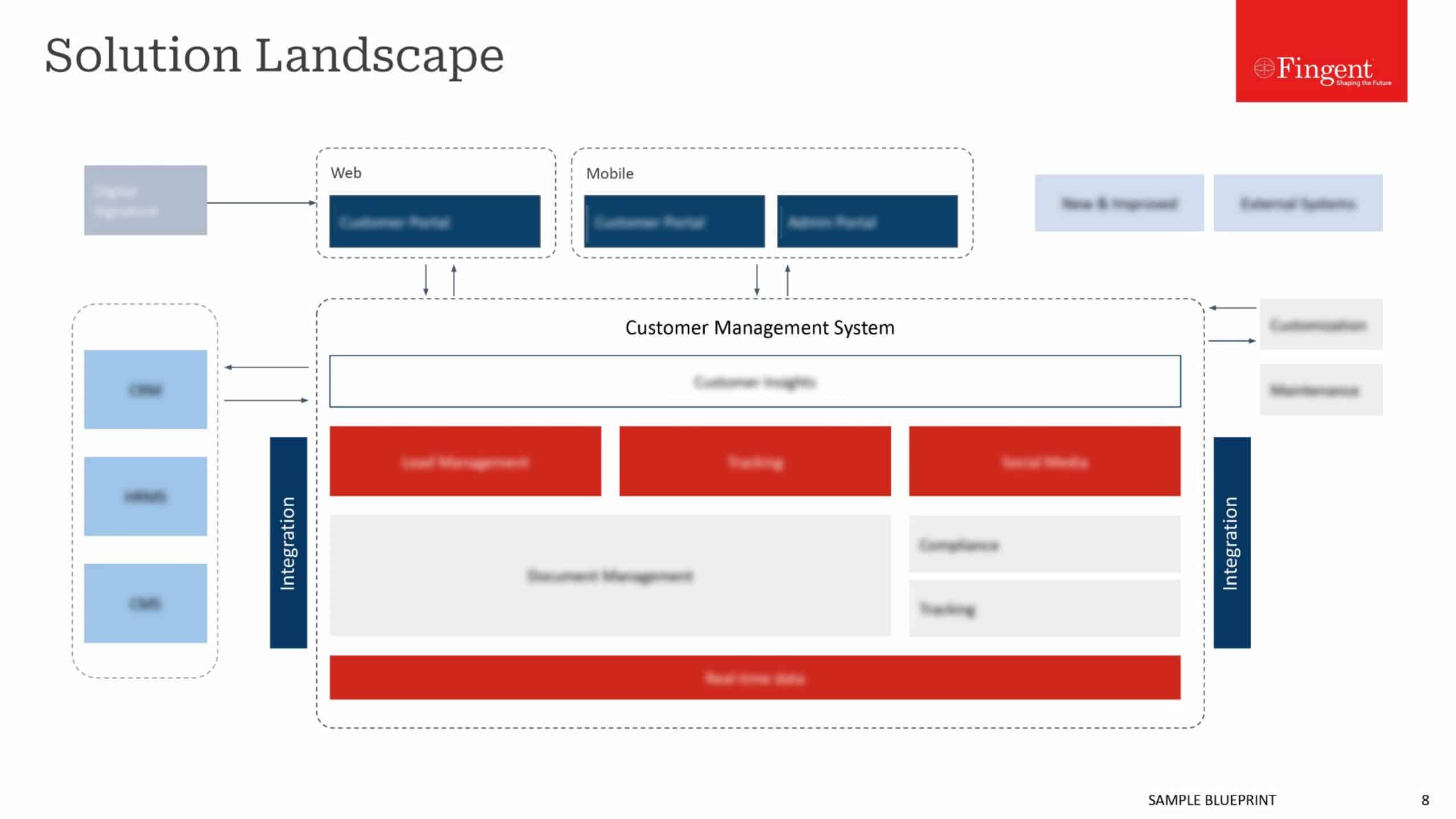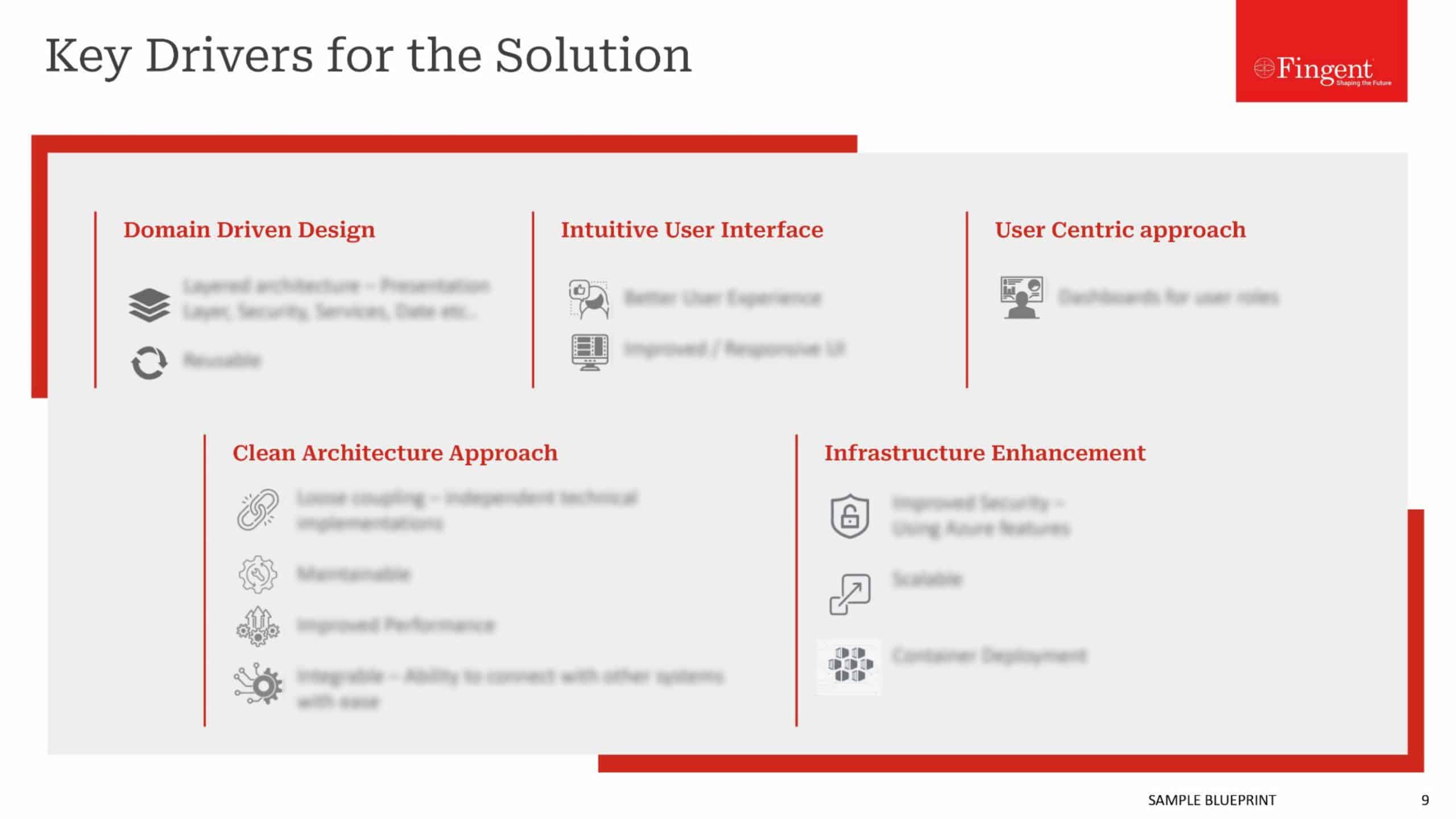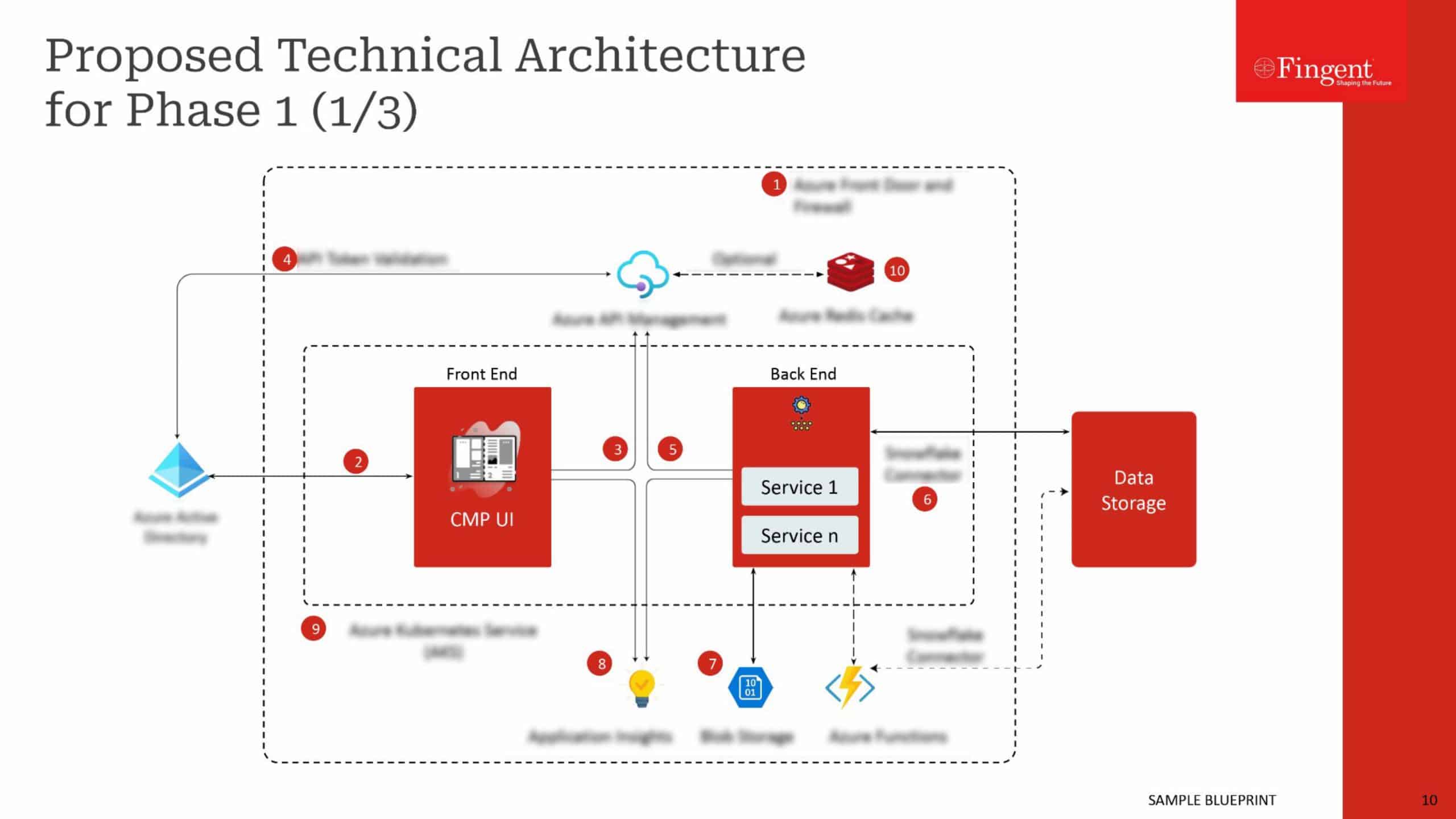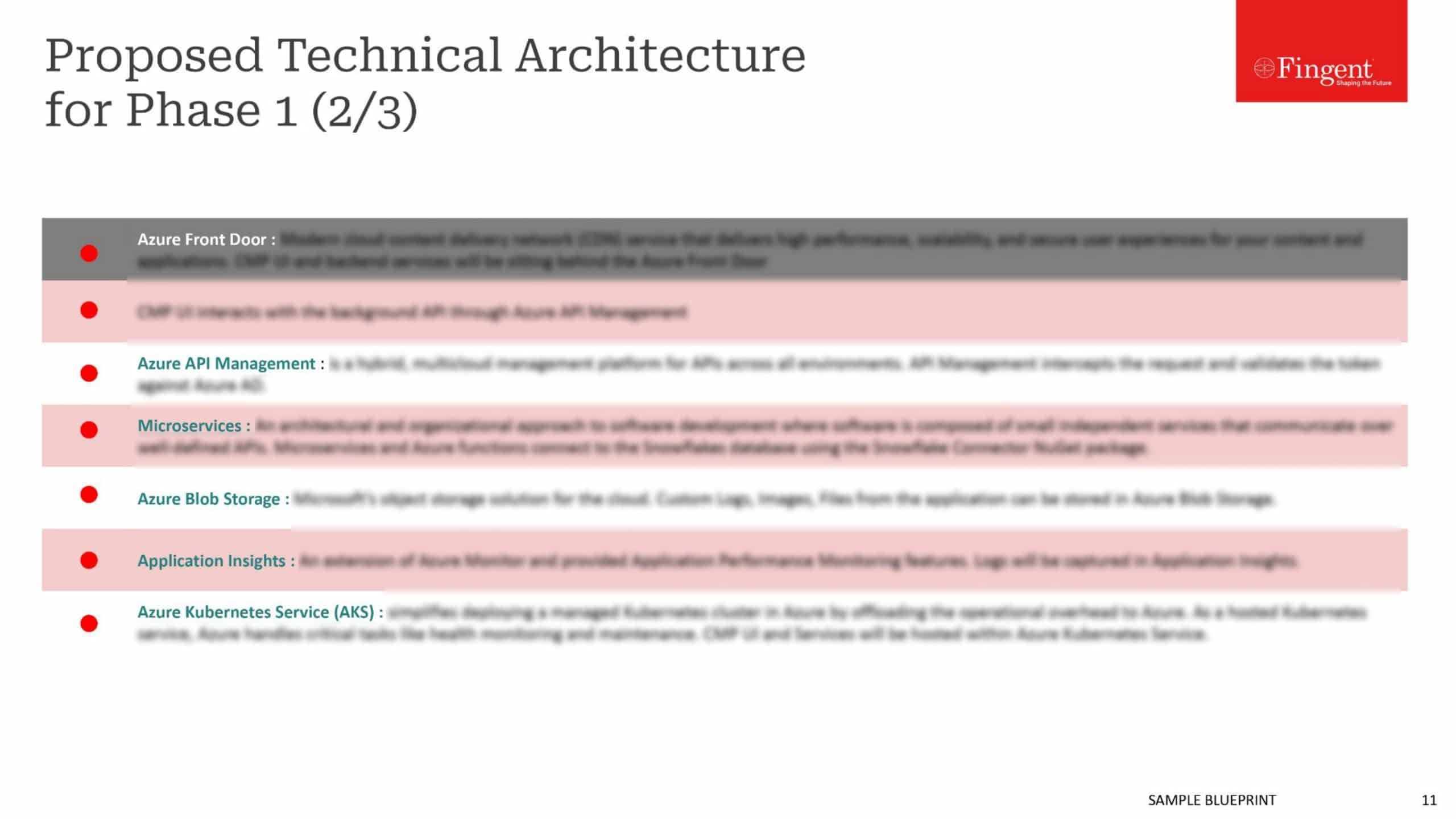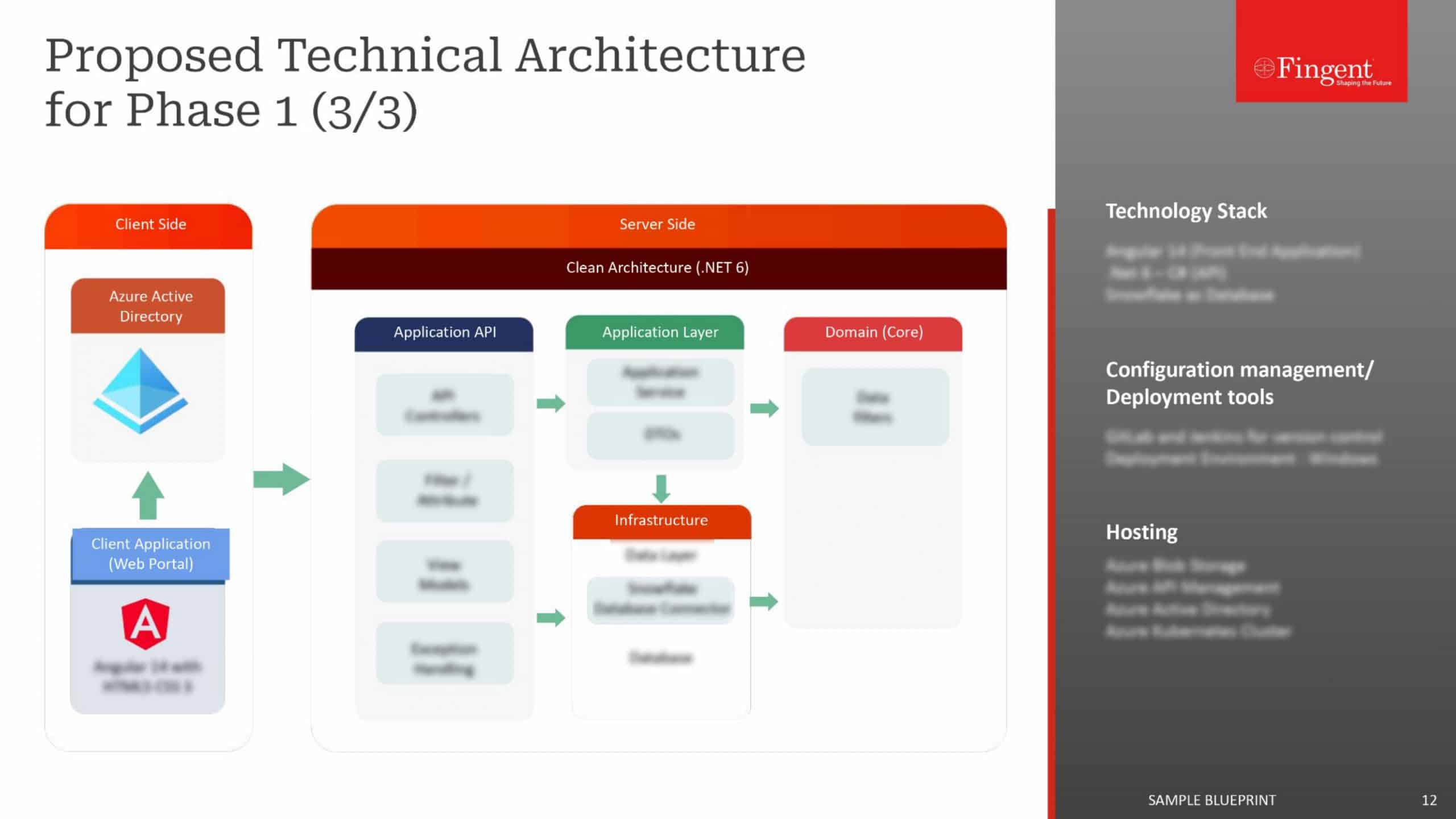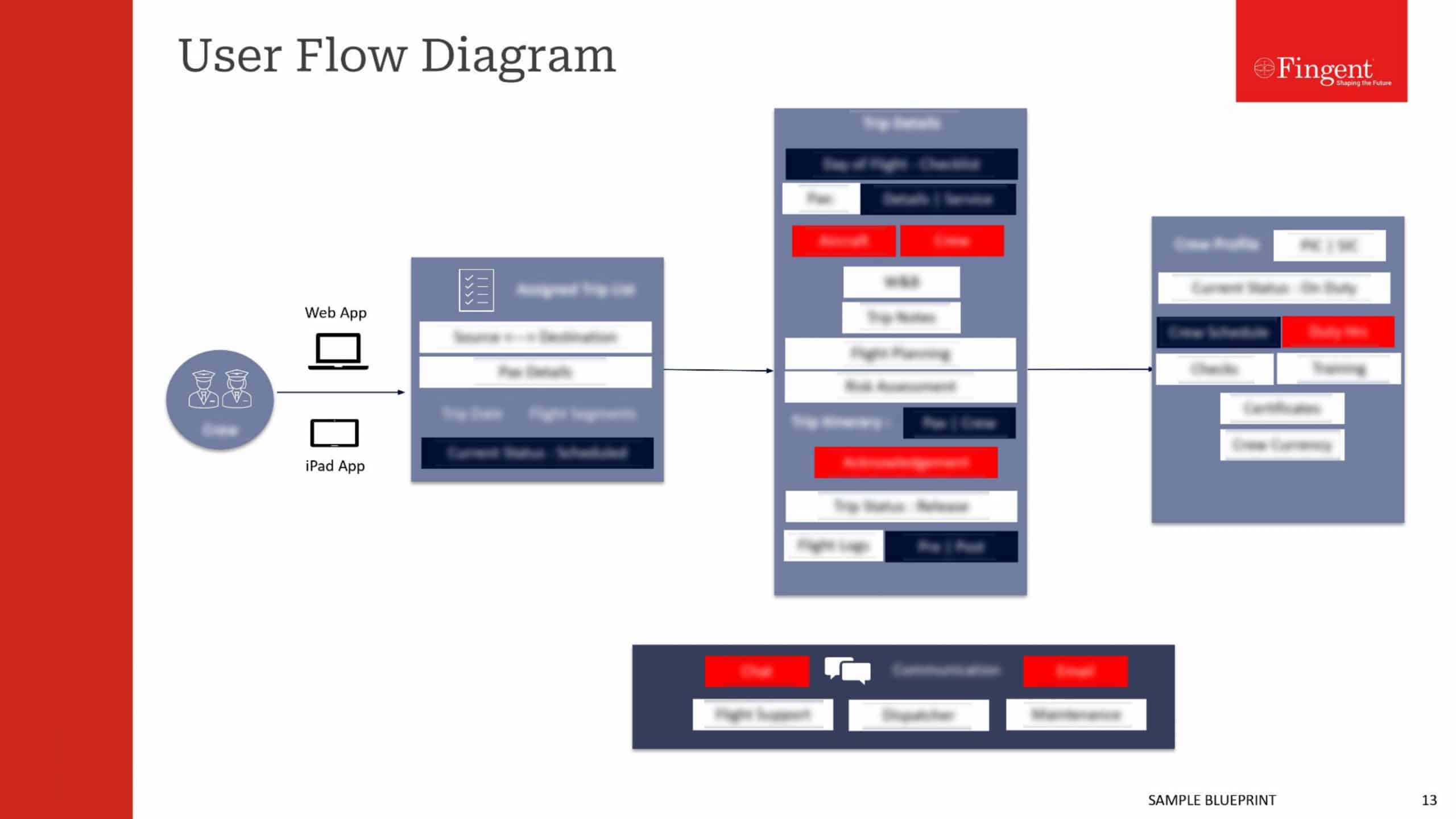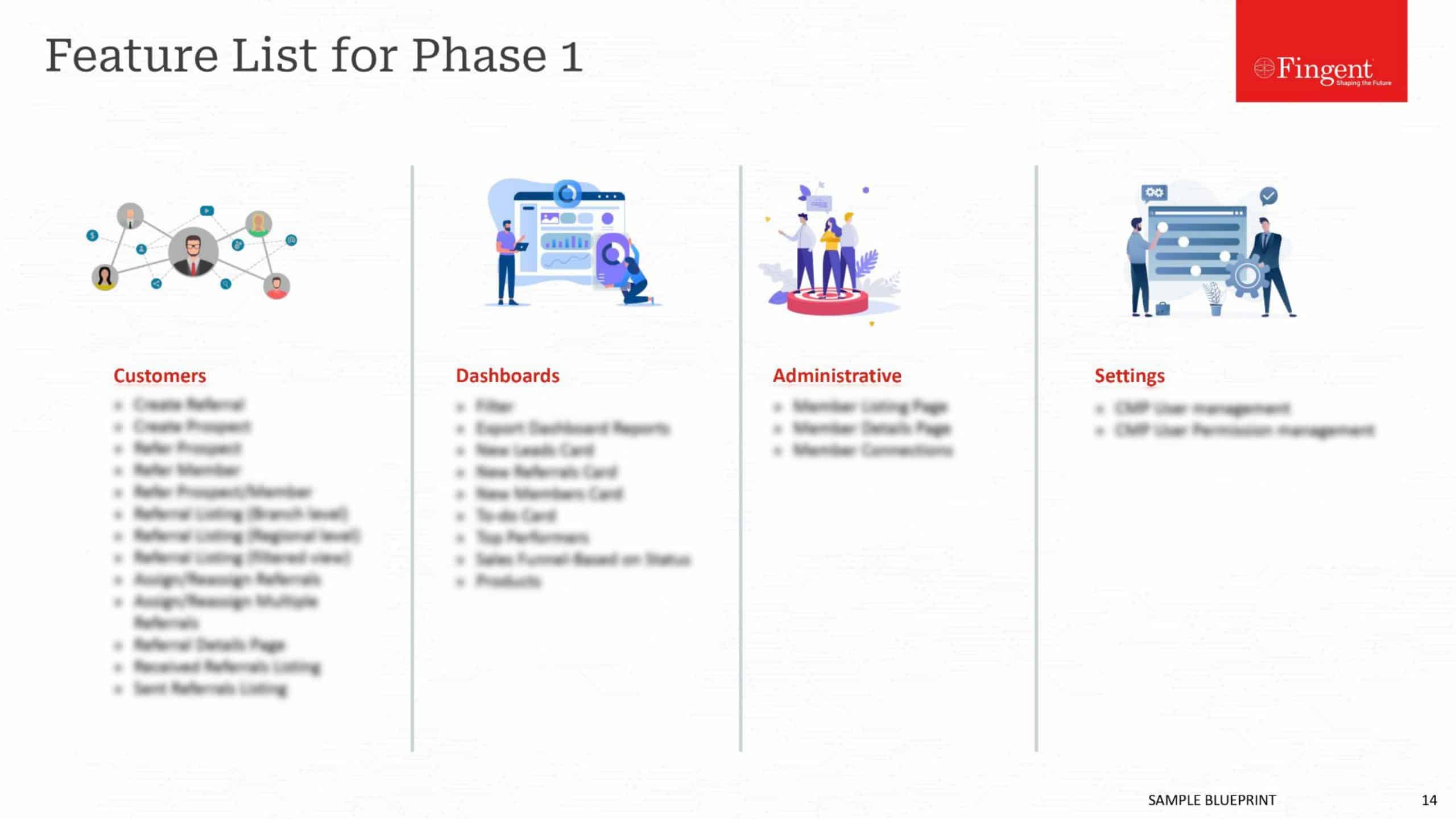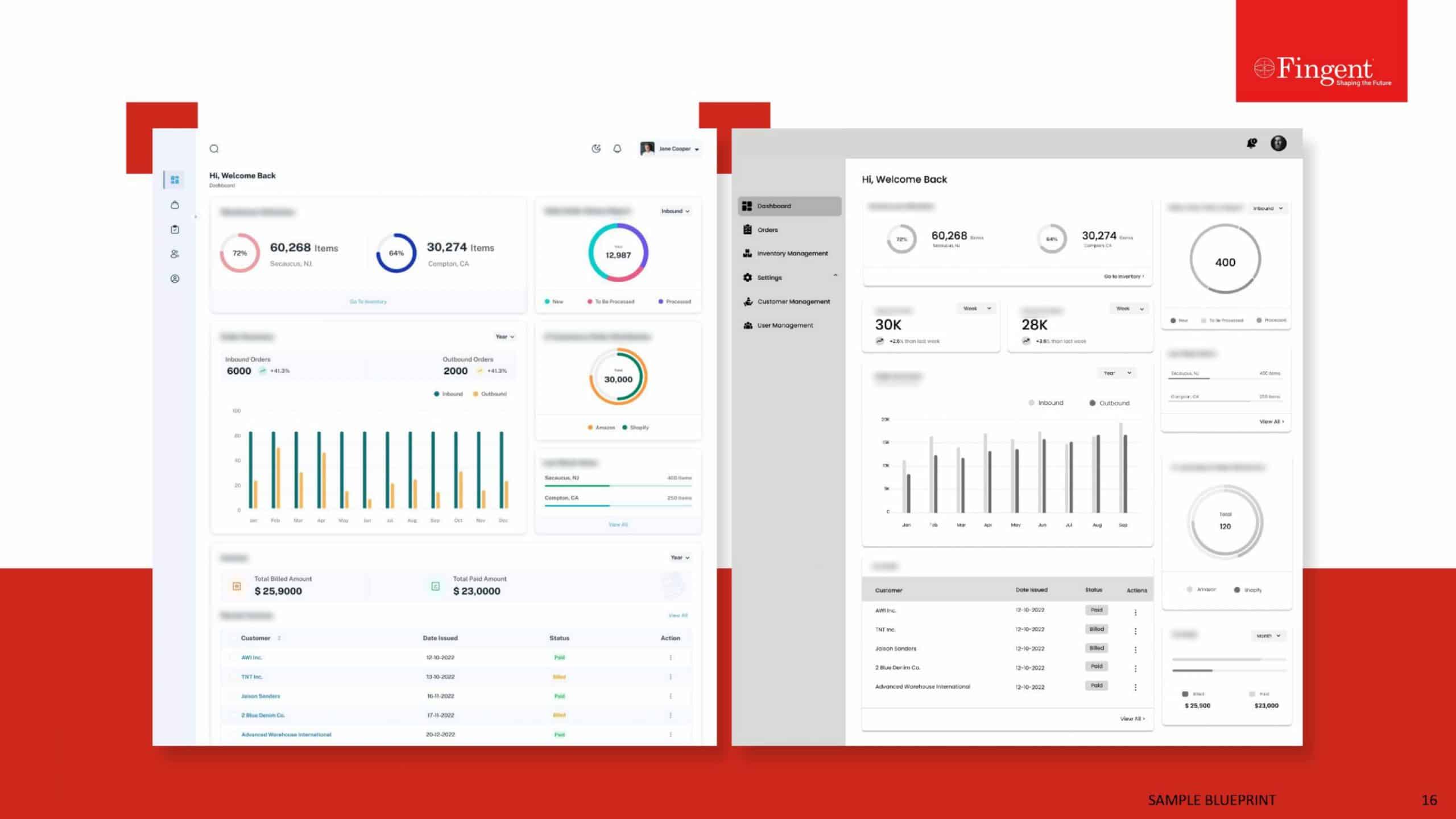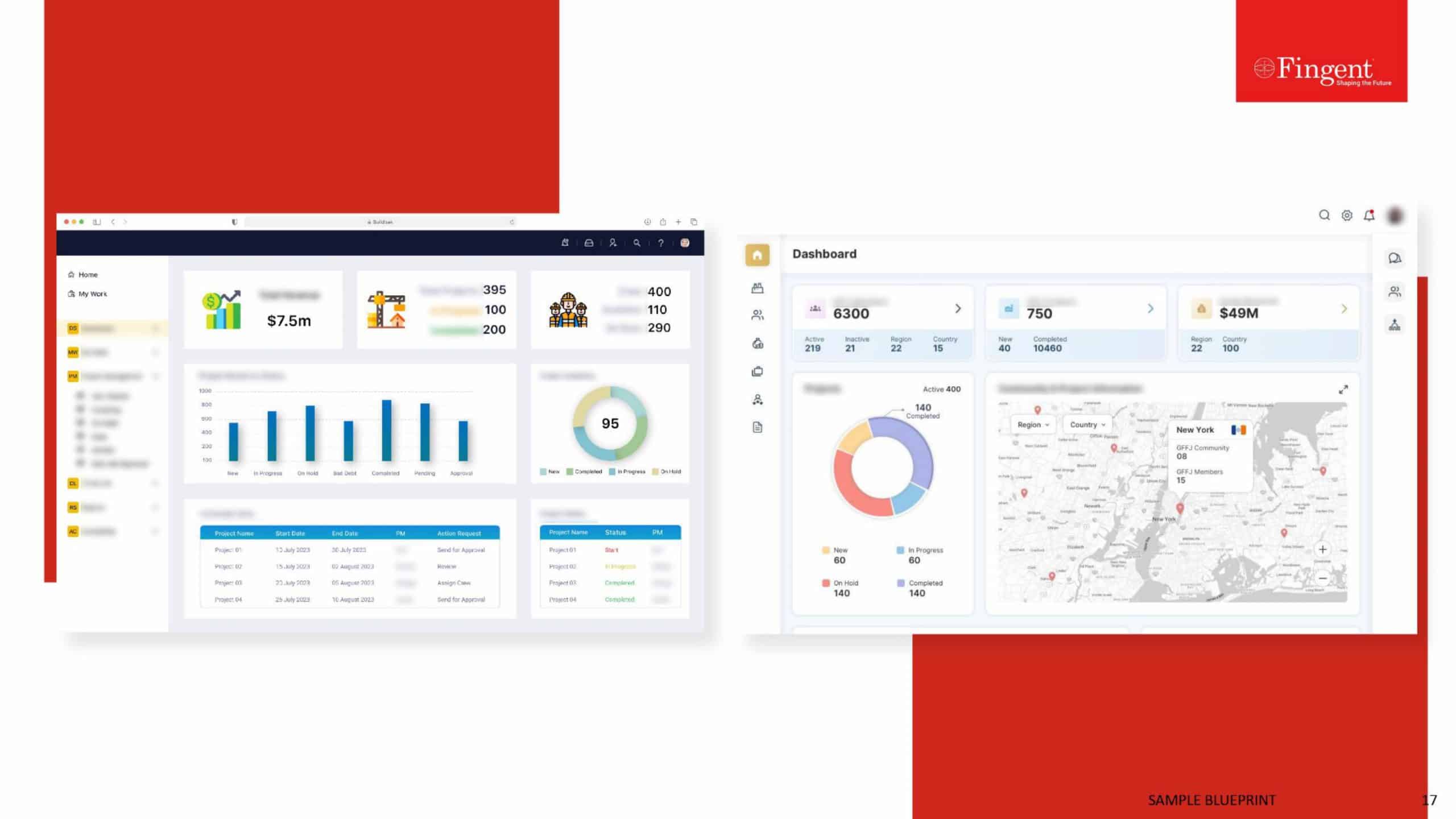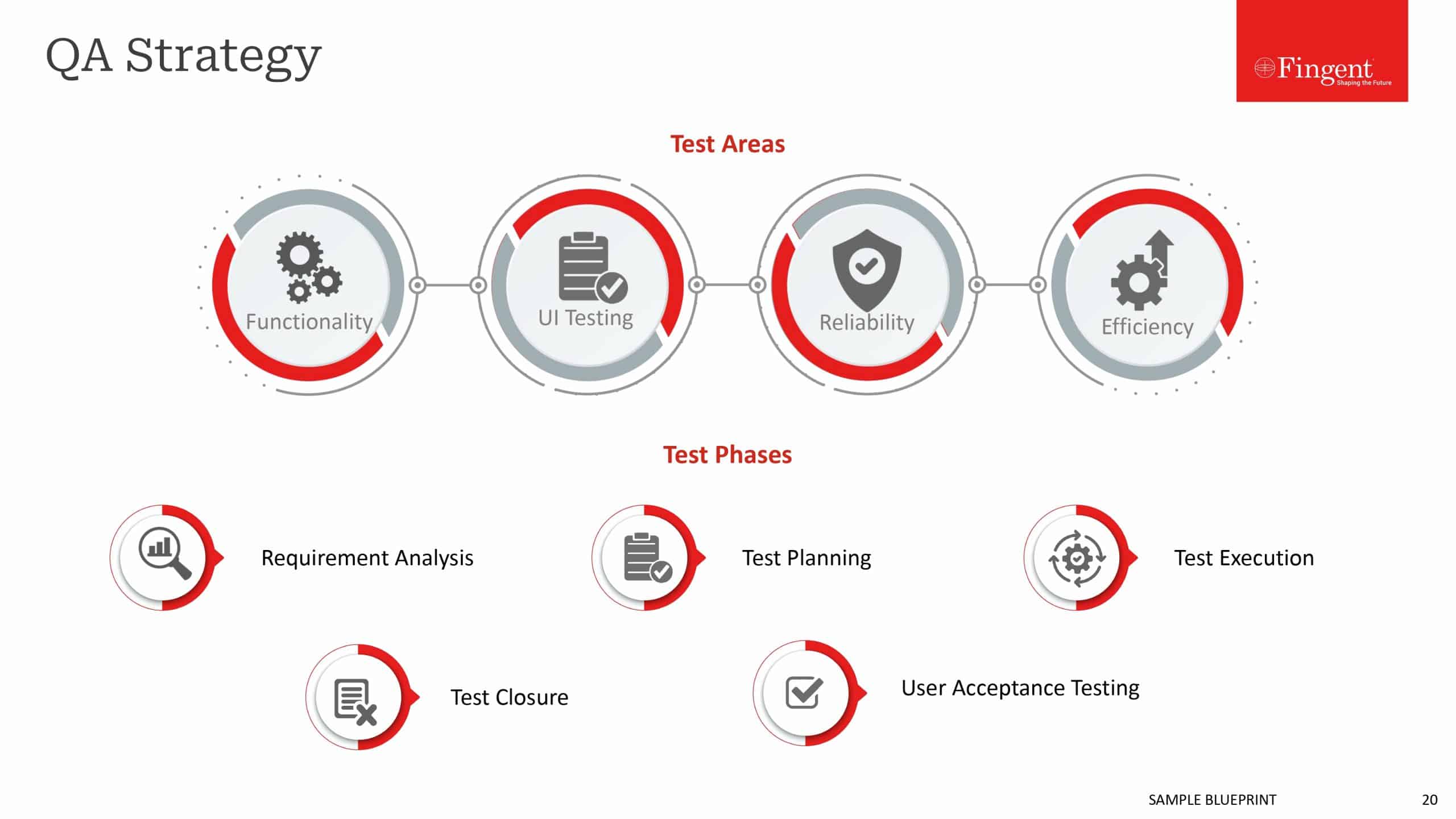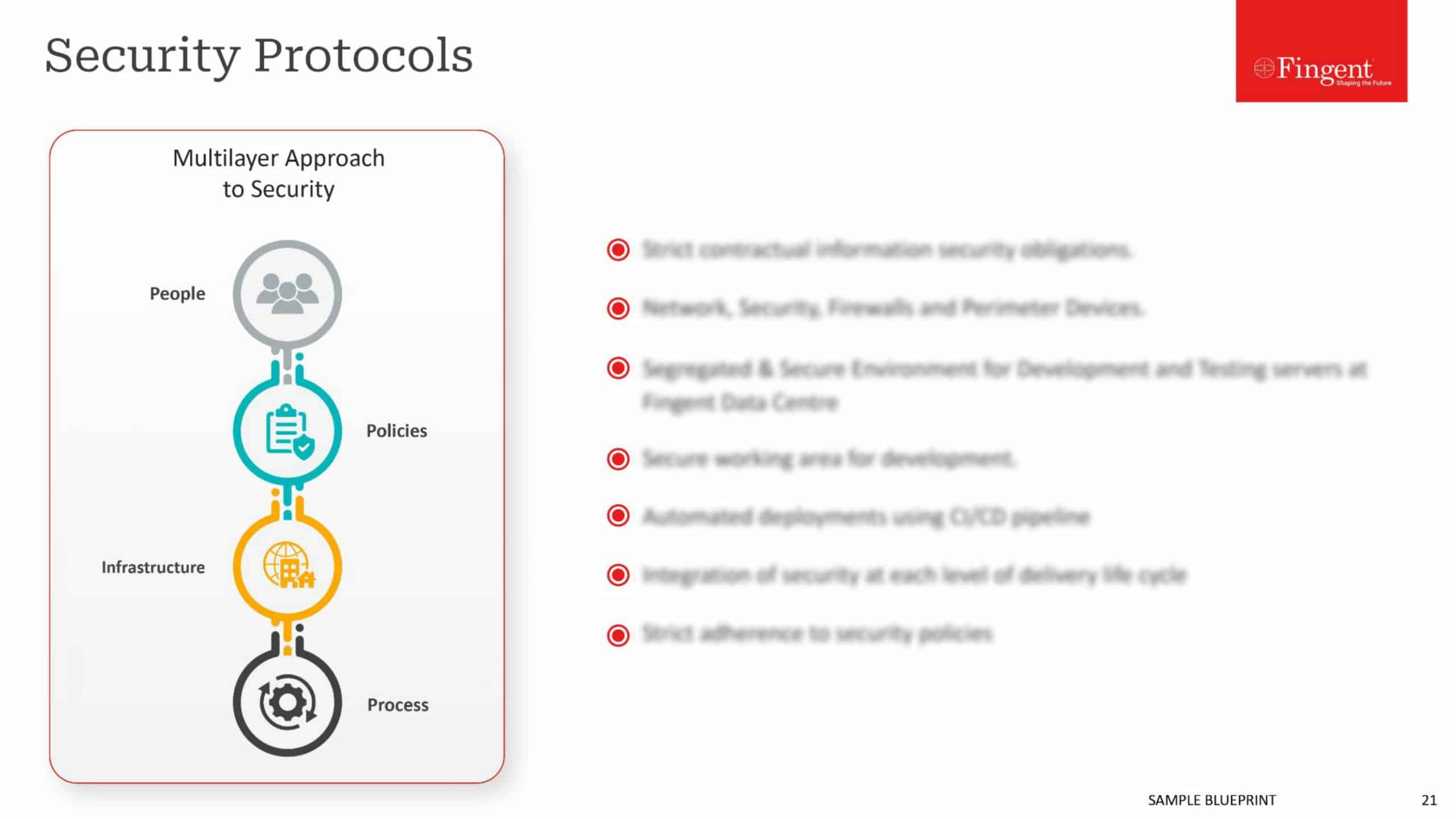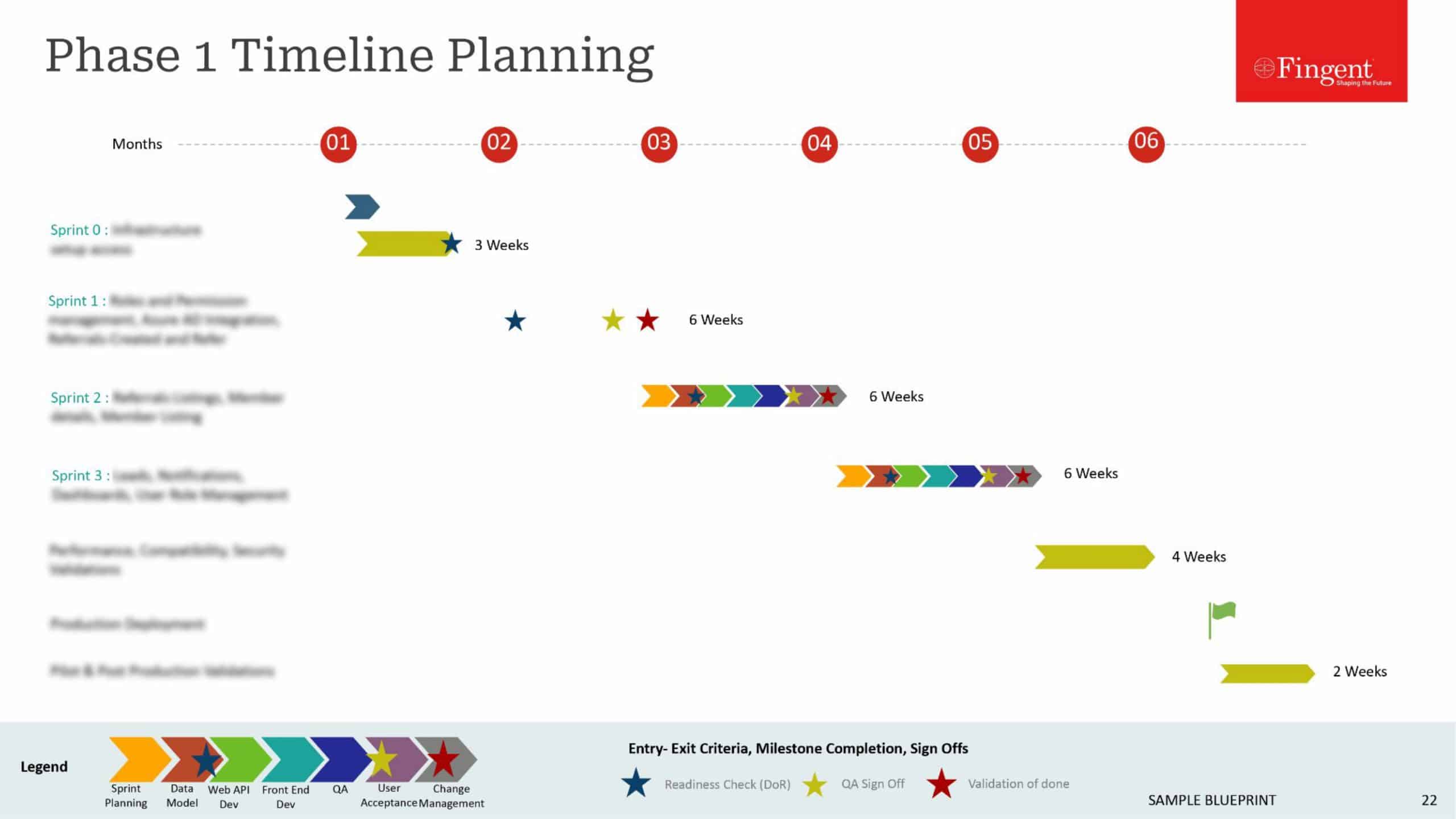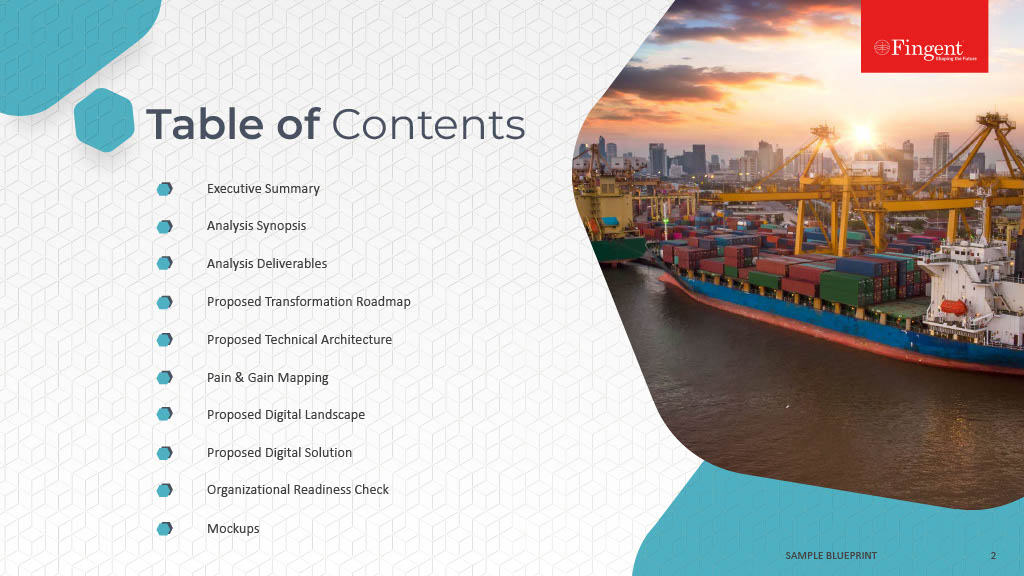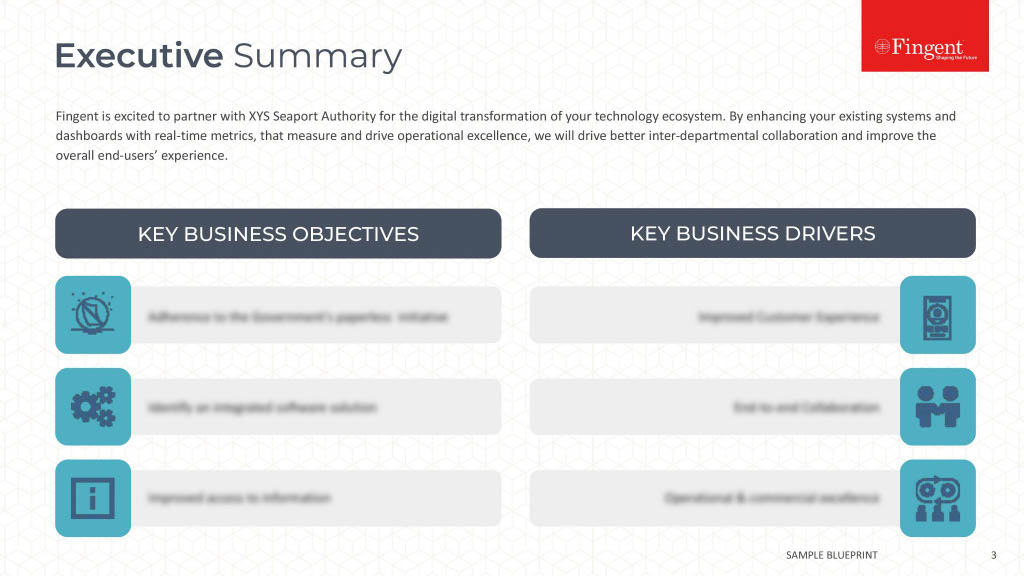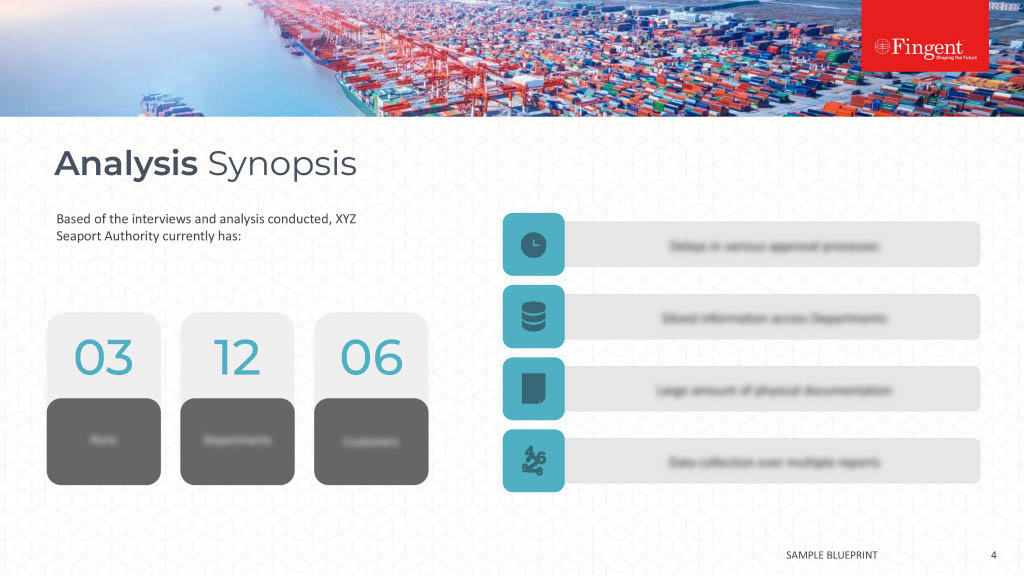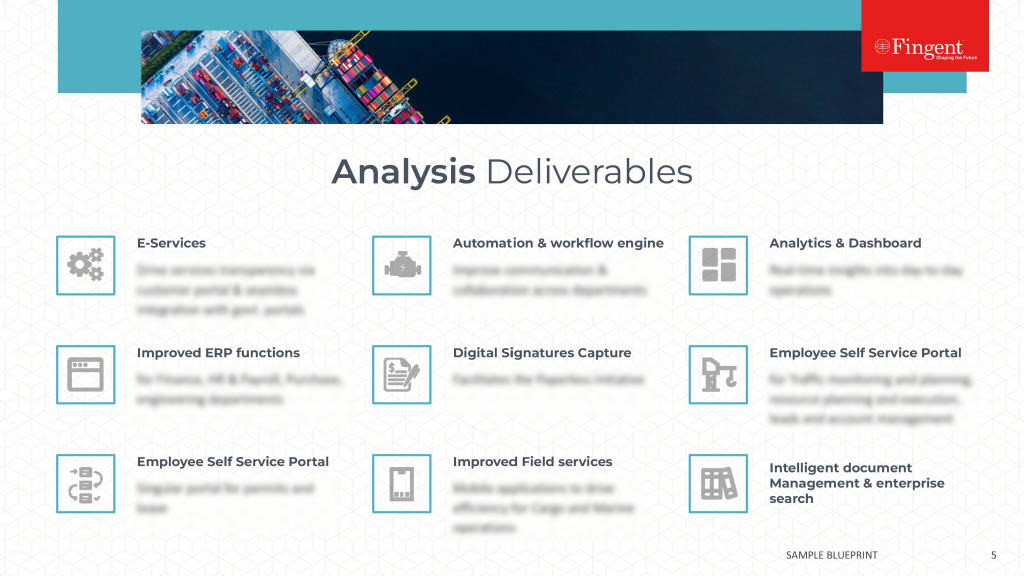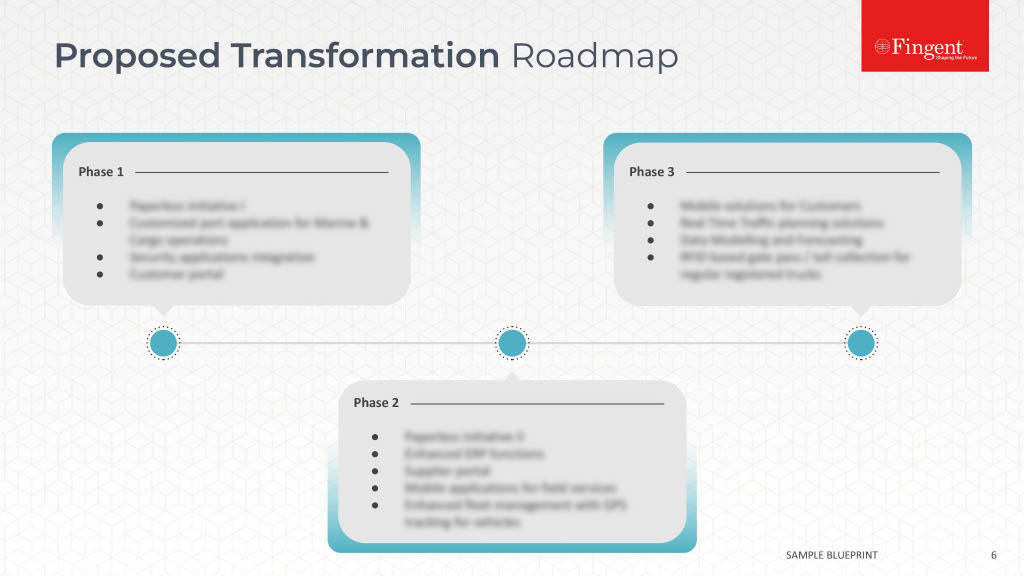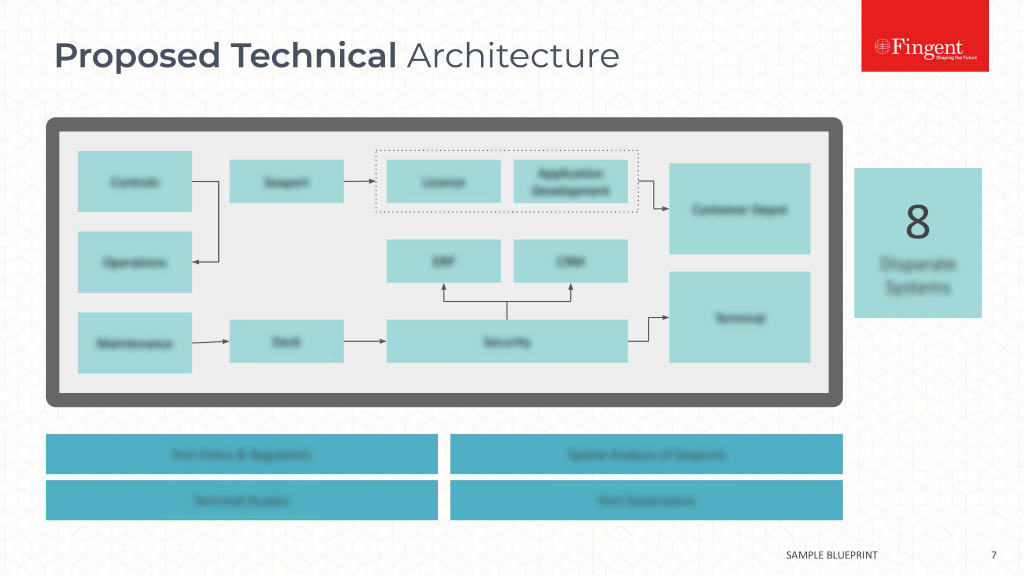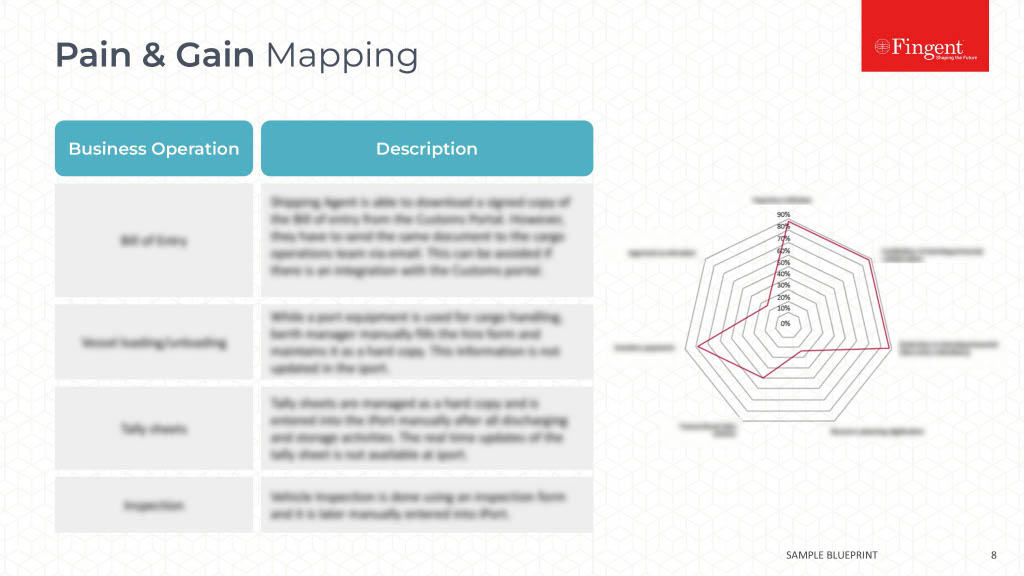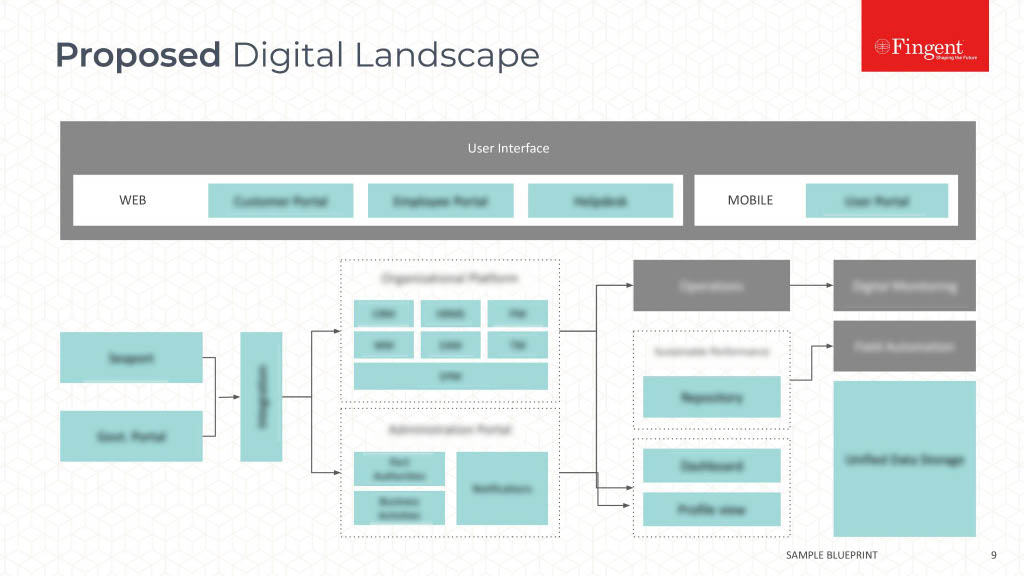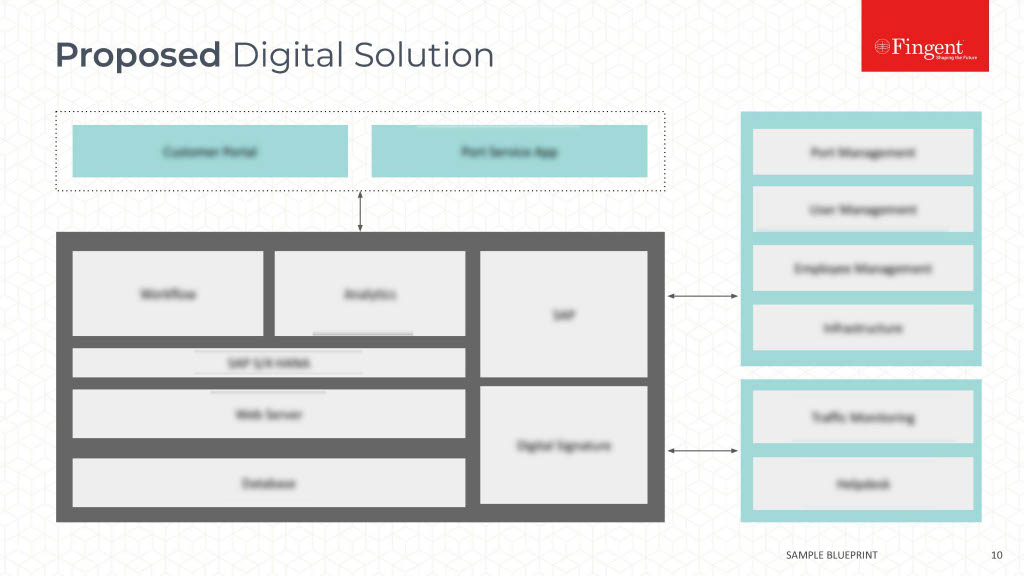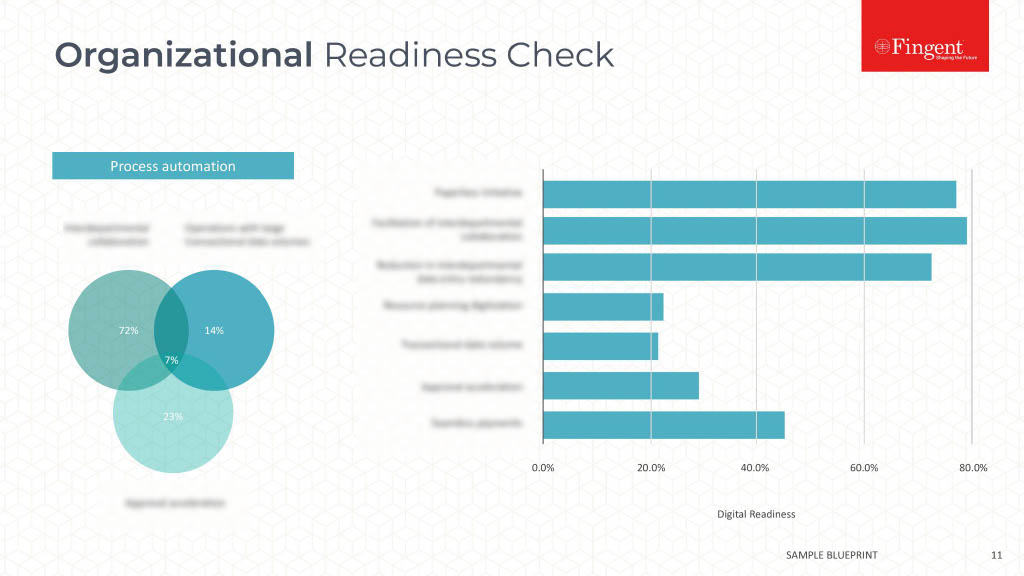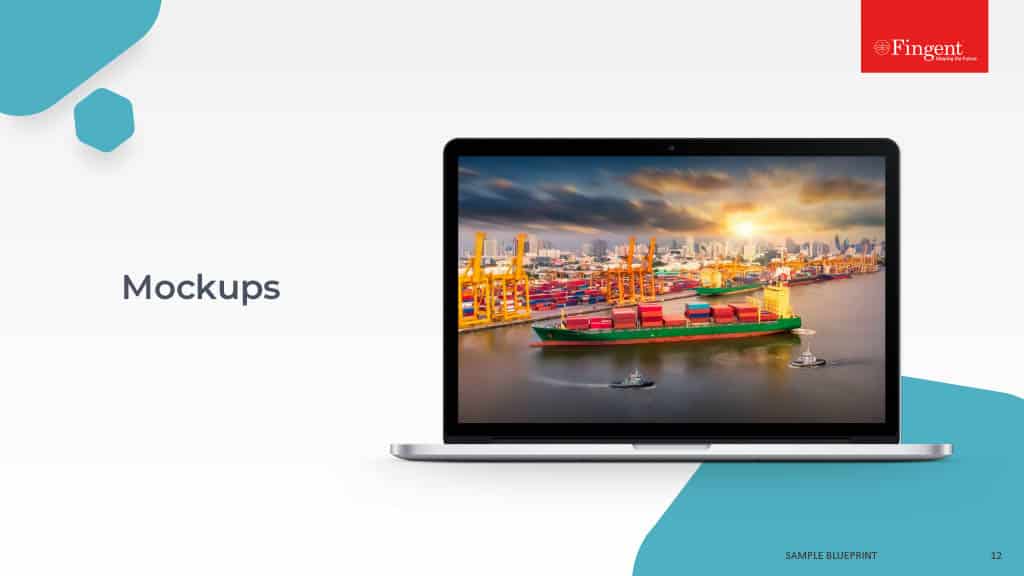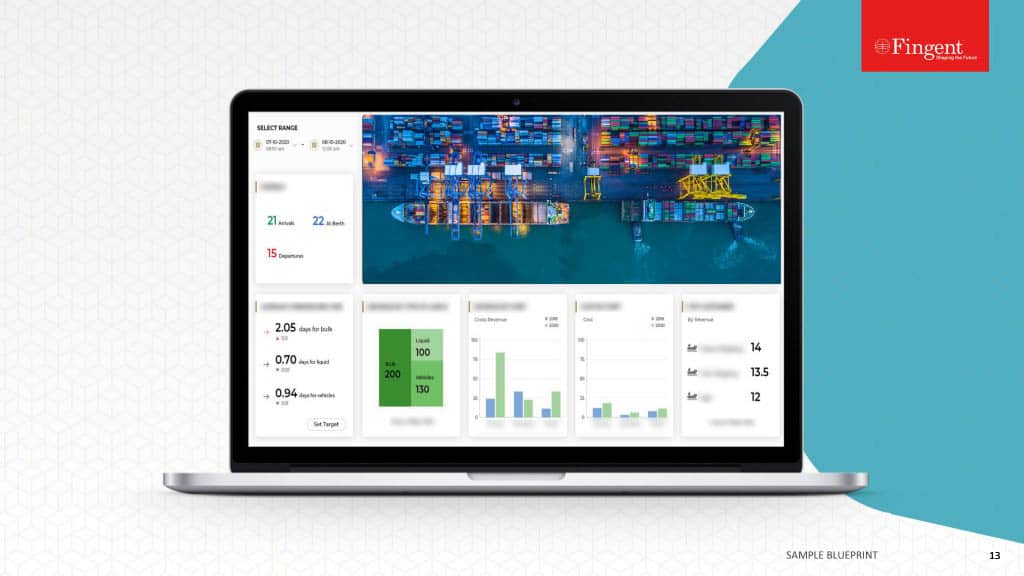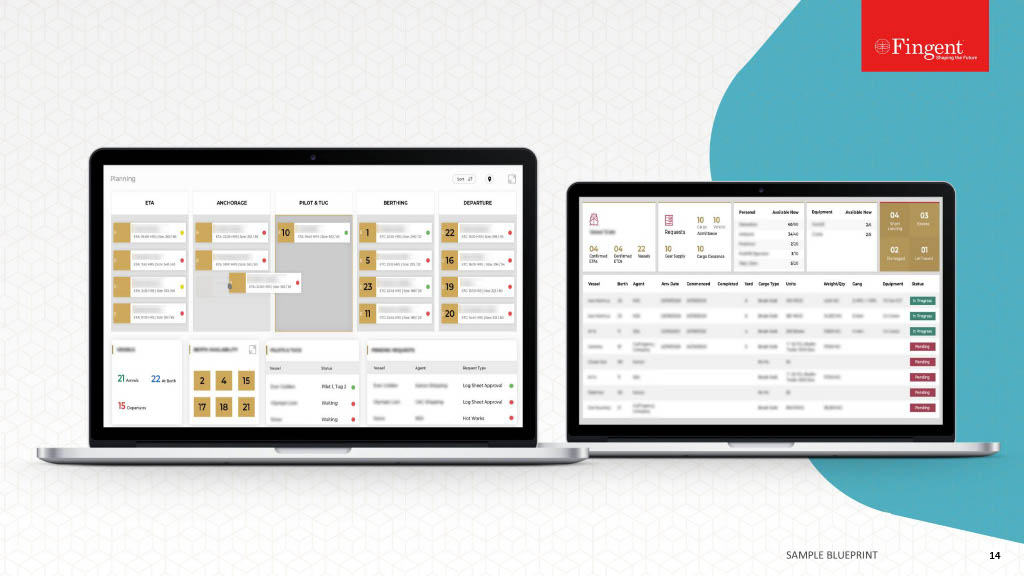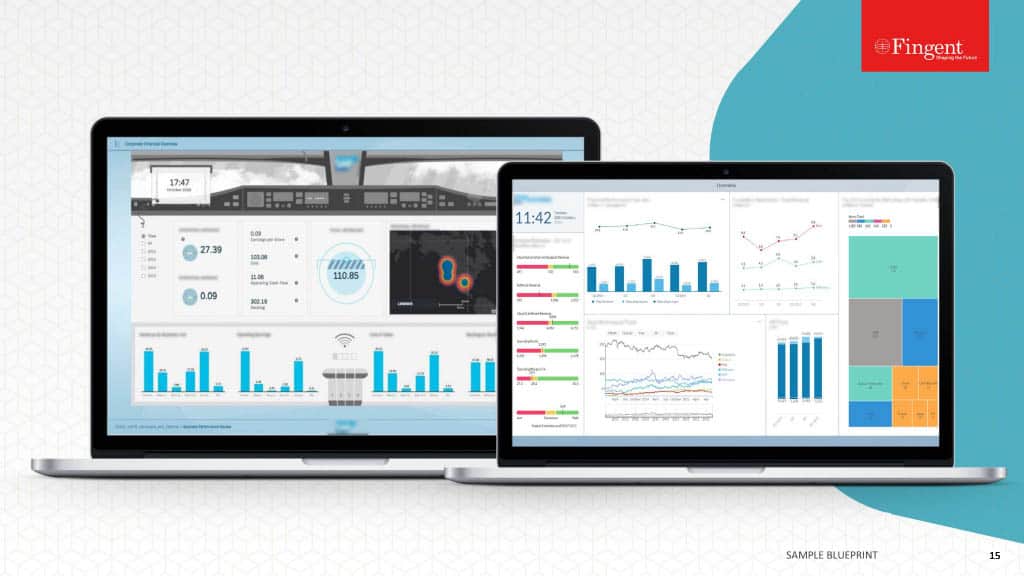Category: Business
CX Solution to Improve Retail Growth
Nurturing communities and building loyalties is now more critical than ever for all retail brands. With instant access to the latest trends and technologies, customers demand better experiences in their interactions with retail brands across all touchpoints. Hence, Customer experience (CX) has become the most important facet of the retail marketing strategy. Retailers, therefore, have to focus on improving CX through every channel.
Importance of CX solutions
Companies can leverage authentic data and modern technology to transform customer experiences and positively impact their business’ future. While most organizations do have systems in place to track the performances of their CX strategies, few track the end-to-end customer journey. Using appropriate CX solutions, organizations can bridge the gap between expected and actual experiences. CX solutions help companies measure and understand the impact of their CX management strategies.
By employing CX solutions, you can manage the interactions that current and potential customers can have with your brand, thus enabling you to meet or exceed their expectations. CX solutions leverage customer interactions to align the brand image according to the customer’s perceptions. This helps you foster strong and long term customer relationships.
Related Reading: 5 Ways to Enrich Customer Experience at Your Retail Store
Top Trends in CX
Staying abreast of the latest technologies and trends in Customer Experience will help you stay ahead of the competition. It’s time to hone your CX strategies by following these latest trends that rule the CX market.
- Omni-channel CX: Customer journeys have become more dynamic than ever. Based on convenience, customers constantly switch mediums. Since the line between physical and digital channels are blurring, customers expect seamless experiences in their interactions across all channels. It’s important for retailers to strike a proper balance between the “traditional” and “online” business models based on their customers’ preferences. Adopting omnichannel customer care strategies will help resolve complex issues quickly.
- Artificial Intelligence: CX enhancement requires comprehending vast amounts of chaotic and complex data in real-time at high speeds. This scenario is most suitable for AI-powered solutions. Using AI, you can replicate human-like engagements (chatbots for example), track customer-behavior and roll out customized campaigns on their preferred channel of operation. Thus you turn your data into valuable customer insights.
- Hyper personalization: Customers expect high levels of personalization and prefer to buy from brands that offer services/products that are fine-tuned according to their requirements. With a hyper-personalized approach, retailers can identify subtle customer traits and deliver highly targeted and relevant services. To develop this level of hyper-personalization, your data and analytics have to be aligned to paint a clear picture of your customers’ choices.
- AR/VR: Augmented Reality (AR) and Virtual Reality (VR) technologies are touted as the “technologies of the future” since they provide highly immersive and engaging customer experiences. AR and VR provide customers with a hands-on experience which helps them make better choices. Many retailers are already reaping the benefits of implementing these futuristic technologies. For instance, Ikea allows customers to check how the furniture would look in their homes before buying using AR. Famous clothing brand Marks and Spencer uses virtual try-on mirrors to boost their store experiences.
- Virtual assistants and chatbots: Virtual assistants and chatbots enable companies to deliver faster and more efficient services at low costs. Some may argue that chatbots lack empathy and hence cannot replace human customer service representatives. However, you should not overlook the fact that advances in AI have given bots the ability to decipher human emotions. By combining the technologies of a virtual assistant and chatbots, you can provide your customers with personalized and empathetic experiences.
Related Reading: Capitalizing on AI Chatbots Will Redefine Your Business: Here’s How
Future of CX
Customer Experience will continue to be crucial for brands to survive in a disruptive business environment. Retailers need to adopt agile models to retain customers and attract new ones. Going forward, CX will also depend on employee experiences. If your employees are empowered, they will in turn care for your customers. Your interactions, both with your customers as well as your employees across all channels need to be more meaningful and effective.
https://www.fingent.com/insights/portfolio/smart-product-ordering-system/
Gartner states that 64% of consumers give more importance to their experiences with a brand than to the price of a product or service. Fingent helps you implement the latest technological advancements to make your CX strategies fruitful. Contact us to know more.
Stay up to date on what's new

Featured Blogs
Stay up to date on
what's new



Talk To Our Experts
SAP Model Company: Understanding the Significance and More!
With changing business requirements, you need IT systems that support rapid business transformation. Your company needs to focus on innovation that is result-driven. Traditionally you had an on-premise style of implementation where you spent around 6-18 months implementing a solution. But this approach is not feasible in today’s ever-changing environment. If only you could find tried and tested solutions that could speed up your digital transformation. Here’s where SAP Model Company comes in.
What is SAP Model Company?
The SAP Model company is a set of pre-configured, ready-to-use, end-to-end business solutions that focus on ramping up the company’s digital transformation process. These solutions are customized for a particular industry or line of business. There are many teams working to outline the core processes of an industry or LOB. They combine the best practices of various successful business transformation projects which are powered by the most modern applications. In other words, you get prepackaged reference solutions that are based on what other companies have done successfully. Thus, the SAP Model Company is so much more than the older typical environments like IDES.
SAP Model Company is an industry solution that helps companies in their move to SAP S/4 HANA. Apart from SAP S/4 HANA, the SAP Model Company also contains SAP C/4HANA, SAP SuccessFactors and many other SAP solutions. It can be used in both Greenfield and Brownfield applications.
Why you need SAP Model Company?
- The complexity of SAP solutions overwhelmed users and hence they demanded guidance.
- SAP users had little or no knowledge of how to use or implement industry and LOB-specific processes using standard practices.
- Changing times demanded rapid innovation. Companies required accelerators that helped to reduce the time of implementation and also reduced the risks of failure.
- Enterprises spent a considerable amount of time on the blueprint phase just to find out that their concept could not be implemented using current technologies.
Significance of SAP Model Company
The SAP Model Company is a true reference solution. In other words, you are to use the Model Company as a dictionary. You look into it for the terms and definitions and choose what you would like to take into your landscape. If you find a 100% fit, you can directly import the processes from the Model Company into your development environment.
However, the Model Company focuses only on really important processes. For instance, a Model company in oil and gas has a very limited scope on how to manage a pipeline, whereas in a real-life scenario you have more than hundreds and thousands of pipelines. You can refer to the configuration guides in the Model Company and then scale out as required.
SAP Model Company is Future-proof!
In the words of Stephan Klein, SVP and SAP Model Company Lead, the Model company is set to become the baseline for the entire SAP product portfolio. It spans across all SAP solutions for on-premise, single-tenant, multi-tenant cloud and hybrid platforms in industries and LOBs and is completely interoperable.
The planned portfolio for 2020 constitutes more than 30 model companies for industries and LOBs. The industry model companies include Consumer Industries, Service Industries, Discrete Industries, Public Services, Energy and Natural Resources. These industry model companies are structured on top of the LOB model companies such as Digital Supply chain, CRM and Customer Experience, Financial Services, HR and People Engagement. The very baseline of the portfolio is built on S/4 HANA Best Practices or on SAP S/4 HANA Multinational Corporation.
Accelerate your business growth and intelligence with SAP Model Company
The SAP Model company contains market standard business processes together with their configurations. It aims to transform business processes by enabling enterprises to adopt industry best practices and incorporate innovative technologies wherever possible.
Here are a few benefits of SAP Model Company:
- Faster time-to-value, freeing up your resources for further innovation.
- Accelerate your digital transformation by reducing costs and risks of implementation.
- Choose the right solution based on the industry reference architecture.
- Lower ratio of service costs compared to software costs.
In the case of a cloud environment, Model Company services can be accessed immediately, within hours. If you want to use the Model Company on-premise, then you can start with your business users, fit-gap analysis or even your business blueprint design right away. You thus accomplish value-based outcomes in weeks rather than in months. Along with greenfield implementations, you can also use the Model Company as a sandbox system to facilitate back to standard discussions with your business. The end-to-end LOB-proven processes allow you to minimize customizations and benefit from the latest innovations with proven standard practices.
Need help with your SAP Model Company implementation? Why not ask the pros? Contact us now!
Stay up to date on what's new

Featured Blogs
Stay up to date on
what's new



Talk To Our Experts
How is AI poised to transform our future?
“Artificial Intelligence is the new electricity. It has the potential to transform every industry and create huge economic value”, says Chinese-English scientist and entrepreneur, Andrew Ng. The impact of artificial intelligence on our daily lives cannot be overlooked. From smartphones to ride-sharing apps, smart home devices, Google search, and Social media- there is hardly any industry or sector that is left untouched by AI.
There has been a huge surge in patenting of artificial intelligence in the last few years. PwC estimates that by 2030, AI would contribute a whopping $15.7 trillion to the global GDP. Analysis by the World Intellectual Property Organization (WIPO) states that the number of AI-related patent applications rose from 18,995 in 2013 to 55,660 in 2017. WIPO Director-General, Francis Gurry says that “We can expect a very significant number of new AI-based products, applications, and techniques that will alter our daily lives and also shape future human interaction with the machines we created”.
Industries such as healthcare, automotive, and financial services were the fastest to adopt AI.
Following are a few key domains that would be impacted most by AI in the coming years:
Related Reading: How AI Integration Helps Maximize Your Business ROI
AI will transform these areas in the coming years:
1. Transport
The general public would widely adopt self-driving vehicles. Apart from cars, self-driving vehicles would also include delivery trucks, autonomous delivery drones, and personal robots. Commutes may shift towards an on-demand approach like the Uber-style “cars as a service approach”. Commute-time would be viewed as a time to relax or just another way to work productively. People would live further away from their homes, reducing the need for parking space. This would change the face of modern cities.
However, enhanced connectivity, real-time tracking, traffic gauging, route calculations, peer-to-peer ride-sharing, and self-driving cars would be impossible without personal user data. This calls for the need to implement more stringent measures to secure the data and privacy of citizens.
2. Home/ service robots
Robots have already entered our homes in the past fifteen years. Recent advances in mechanical and AI technologies substantiate the increasing safety and reliability of using home robots. In the foreseeable future, we can expect special-purpose robots to deliver packages to our doors, clean offices and enhance security.
We are already familiar with the vacuum cleaning robot – Roomba, which has gained its place in millions of homes across the world. The AI capabilities of these kinds of robots are being increased rapidly with drastic improvements in the processing power and RAM capacity of low cost embedded processors. Low cost and safe robot arms are being used in research labs all over the world. Further advances enabled by deep learning will enable us to better interact with robots.
3. Healthcare
Healthcare is a promising domain for the use of AI technologies. AI-based applications have started gaining the trust of doctors, nurses, and patients. By revising the policies and other commercial regulations regarding the development and usage of such applications, AI can be used to improve health outcomes and quality of life for millions of people in the coming years. Patient monitoring, clinical decision support, remote patient monitoring, automated assists to perform surgeries, and healthcare management systems are some of the potential applications of AI in healthcare.
4. Education
AI has the potential to enhance education at all levels, by providing personalization at scale. While computer learning will not replace human teachers, Massive open online courses (MOOCs) will help students learn at their own pace with techniques that work for them. AI technologies such as Natural language processing, machine learning, and crowdsourcing are giving an impetus to online learning. If these technologies can be meaningfully integrated with face-to-face learning, AI will find more applications in our classrooms.
5. Entertainment
AI has already transformed this domain to a considerable extent. AI-driven entertainment is gaining huge traction and response from the masses with overwhelming enthusiasm. AI-enabled entertainment will become more interactive, personalized and engaging by 2030. However, the extent to which technology replaces or enhances sociability is debatable. More research is required to understand how to leverage these attributes of AI for the benefit of society.
Related Reading: Building Incredible Mobile Experiences by Combining AR and AI
Concerns about AI
Advances in AI have already impacted our lives. However, you may also have heard of the dire predictions regarding AI made by some of the brightest minds such as the late scientist Stephen Hawking and Elon Musk (Tesla and SpaceX chief). Pew Research Centre surveyed some 979 technology experts to find out whether advancing AI and related technology would help or harm humanity. 63% of the respondents were hopeful of a better future in 2030. Many of them said that all would go well only if the concerned authorities paid close attention to how these tools, platforms, and networks are engineered, distributed and updated.
Following were the concerns that were mentioned most often:
- Individuals would lose control over their lives due to the use of AI
- Surveillance and data systems that favor efficiency over human betterment would be dangerous.
- AI would cause millions of people to lose their jobs leading to economic and social upheaval.
- As people continue to depend on AI, their cognitive, social and survival skills would be diminished.
- Cybercrime, cyberwarfare and the possibility of essential organizations being endangered by weaponized information would open new facets of vulnerabilities.
Overcoming the concerns
Following are a few solutions to take positive advantages of AI:
- The global population should join hands and create cohesive approaches in tackling AI’s challenges.
- The development, policies, regulation, and certification of autonomous systems should undergo essential transformations to ensure that any kind of AI development would be directed towards the common good.
- Corporate and government organizations should shift their priorities towards the global advancement of humanity rather than profits and nationalism. AI advances should be aimed at human augmentation, regardless of economic class.
Nicholas Beale rightly said, “AI done right will empower.” As artificial intelligence continues to be embedded in most human endeavors, let us make broad changes for the better. Let us be more thoughtful about how these technologies are implemented constructively.
If you would like to know more about Fingent’s development and implementation approach on AI, give us a call.
Stay up to date on what's new

Featured Blogs
Stay up to date on
what's new



Talk To Our Experts
How AR and AI work together to build unique mobile experiences?
The intriguing partnership of Augmented Reality (AR) and Artificial Intelligence (AI) is a match made in the digital heaven. An AR application can become more beneficial when AI is incorporated into it. The natural bridging of AR and AI enables mobile app developers to build more interactive and intriguing apps. This article explores a few practical ways in which AR and AI can be combined to build incredible mobile experiences.
Awesome Ways AI and AR Complement Each Other
The partnership between AR and AI is likely to have a profound impact on customer experience. Companies are developing next-generation applications for mobiles that employ AR and AI technologies. In fact, AI is the heart of AR platforms.
Related Reading: How Top Brands Embrace Augmented Reality for Immersive Customer Experiences
Though Artificial Intelligence and Augmented Reality have distinct technologies, they can sync with one another on a variety of applications. They can leverage each other’s best features and aspects building incredible mobile experiences. AI enables AR to have a multidimensional interaction with the physical environment. It allows you to manipulate 2D and 3D virtual objects with your words, eyes, and hands.
It is anticipated that the demand for AR apps is bound to soar in the next four to five years. Hence, the search for appropriate software development kits (SDK) and application program interfaces (API) for AI and AR is on.
Current State of SDKs and APIs For AR and AI
As the capabilities of current SDKs (Software Development Kits) and APIs (Application Programming Interfaces) rapidly expand, the number of commercial opportunities increase exponentially. Consider a few examples:
-
- Vuforia: It is an Augmented Reality SDK that enables app developers to build mobile-centric, immersive AR experiences. It is capable of supporting both IOS and Android, allowing brands to develop apps with minimal commercial and technical risks.
- ARCore: It is Google’s proprietary AR SDK. It enables developers to get their AR apps up and running on mobile devices. ARCore supports IOS devices and allows developers to build rich and immersive AR experiences supported by mobile devices.
- Core ML: It is a Machine Learning framework used across Apple devices. This API allows you to perform real-time predictions of live images on your device. Its low latency and near real-time results are its biggest advantages. Core ML is an application that can be run without network connections.
- TensorFlow Lite: It is an open-source deep learning framework focused on mobile device inference. TensorFlow Lite enables developers to insert their own custom models.
Practical Ways to Combine AR and AI
The marriage of AR and AI opens up endless opportunities. Here are a few ways in which this combination is working to create digital miracles.
1. Speech recognition: As an AI model listens to what you say, AR effects appear in front of you. For example, if you say ‘pizza,’ a virtual pizza slice appears in front of your mouth.
2. Image recognition and image tracking: It allows customers to see how an object would look and fit in a given space. Combining AR with AI technology allows users to move still photos of items into a still image of a room and assists them in making a decision. Example: IKEA Place.
3. Human pose estimation: It is a technique that detects human figures and poses. It predicts the positions of a person’s joints in an image or video. This can be used in controlling AR content. Yopuppet.com is one example.
4. Education: It allows students to have new perspectives through interaction with virtual reality. For example, it enables them to visualize and interact with a 3D life-size version of the human body.
Related Reading: Impact Of Augmented Reality In Education Industry
5. Recognizing and labeling: When the camera is pointed to a scene or an image, the AR app displays a label that indicates the object or the item when it recognizes it.
6. Car recognition: Using a smartphone camera, it allows its customers to sit inside the car and explore the car’s interiors. There isn’t even a need to download the application.
7. Object detection: AR-AI combination can be applied to automatically learn and detect the position and extent of the objects within an image or a video. This mobile-friendly model facilitates interaction between physical and digital objects.
Take Away
The bridging of AR and AI is offering businesses an opportunity to empower their customers more than ever before with information shared in captivating ways. Together, AR and AI continue to enhance mobile experiences. It enables developers to design richer and more intuitive, relevant experiences for their diverse consumers. As we noted earlier, the applications of AR and AI are numerous.
To know more about how Fingent can help you build incredible mobile experiences by combining AR and AI, get in touch with our experts today!
Stay up to date on what's new

Featured Blogs
Stay up to date on
what's new



Talk To Our Experts
How DevOps Uses Test Automation Tools to Accelerate Software Development
The goal of DevOps is to build faster, effective, and responsive applications by bringing together the development team and the operations team. It is a cultural shift to remove all barriers between Dev and Ops and provide shorter as well as frequent software deliveries, thus enabling organizations to respond in a much agile manner with respect to the constantly changing customer demands and expectations.
In a nutshell, DevOps via effective collaboration, communication, streamlined delivery, and automation of processes will accelerate software development in the following key ways:
- Faster time to market
- Reduces risks of failures in each release
- Enhances error fixing and recovery time
- Improves the checking process efficiency
- Speeds up the rate of change
- Allows managers to make improved and effective trade-off decisions
- Enables rapid and continuous feedback
- Offers flawless continuity throughout the Software Development Lifecycle
Testing in DevOps starts from the very beginning of application development and hence it is important to make sure that the development team and the operations team work closely with each other to ensure continuous integration and prompt delivery by continuous testing and monitoring.
Related Reading: Test Automation Trends to Accelerate Development Cycles in 2020
Automation Testing in a DevOps Environment
DevOps is categorized into the following 4 processes:
- Continuous Integration
- Continuous Delivery
- Continuous Testing
- Continuous Monitoring
The testing teams require to align their test design, automation, as well as test case development along with DevOps to ensure that the frequent changes made have not affected the final product.
Unlike the traditional approach, automation testing in a DevOps environment requires moving test automation scripts to a control tool which is of an enterprise version. This system of centralized enterprise-level testing results in an integrated test suite that offers centralized execution and reporting.
Let us walk through the different ways in which DevOps makes use of test automation tools:
How DevOps Uses Test Automation to Speed Up Software Development and Delivery
DevOps testing lays its core focus on test automation within the application’s development pipeline to ensure that by the time the application is deployable, it is done without any further confusion. Some of the popular test automation tools of DevOps are Selenium and Water.
Here is a quick rundown on the popular DevOps tools:
1. New Relic– New Relic offers an end to end visibility along with improved customer experience and dynamic infrastructure. It also helps the DevOps team to save their time spent in monitoring applications.
2. Jenkins – Jenkins is a DevOps automation tool used for checking the execution of redundant tasks. Jenkins is an open-source CI/CD (Continuous Integration/ Continuous Delivery) server that allows users to automate various phases involved in the application delivery pipeline.
3. Splunk – This automation tool is used to access machine data. It offers operational effectiveness to both the development as well as the operations teams in DevOps. It offers enterprises the ability to be more productive, competitive, secure, and reliable.
4. Selenium – Being the most popular automation testing tool for DevOps, Selenium is designed to meet the specific needs of a wide range of different browsers. It makes use of lesser resources and supports parallel test execution which reduces the overall time required for the testing process. The test cases prepared can be run on any operating system as well.
Cucumber, Jasmine, JUnit, and JMeter are other popular test automation tools used by DevOps to accelerate application development and deployment.
Related Reading: How To Measure The Effectiveness Of Your DevOps Program
Future of Test Automation in DevOps: Enhancing Application Development
With the evolution of continuous testing, DevOps has enhanced its test automation strategies where it is supported by practices such as a test-case design that is risk-based, stateful test data management, service virtualization, as well as seamless integration into the DevOps set of test automation tools.
To get the best out of test automation and to learn how to incorporate test automation tools using DevOps to accelerate your application development and deployment, talk to our experts today.
Stay up to date on what's new

Featured Blogs
Stay up to date on
what's new



Talk To Our Experts
Why Clutch Ranks Fingent As The Top Software Development Company In Australia?
Over the past 16 years, Fingent has partnered with clients across 4 continents and collaborated with start-up, mid-market, and large enterprises to solve business challenges with the latest custom software development practices. Our core values make us highly attentive to society, peers, family & self, and above all, customers. We are grateful that this client focus is recognized in reviews on Clutch and has enabled us to achieve the position of the leading software developer in Australia.
Clutch is a B2B rating and review platform with thousands of company profiles. Clutch carefully analyzes and evaluates industry data, brand reputation, and most importantly, client testimonials to craft authentic descriptions of development companies and their services. When a company is facing a business challenge, Clutch stands as a directory to browse through and find the right solution provider. Clutch connects businesses with leading performers, who receive industry recognition for their excellent services. When it comes to software development, Fingent ranks as the Top Software Developer in Australia. Here’s a peek into Clutch’s leader matrix, where Fingent stands top on the charts of Market Leaders in comparison to the competing companies.
We are extremely thankful to the clients who took the time to share their experiences about Fingent solutions and services on Clutch. Most recently, Sapra & Navarra LLP left us a review on our ongoing development services for their law firm. We were hired by Sapra & Navarra LLP to build a web-based AI machine learning program. Besides receiving 5.0 stars in the Clutch evaluation categories of cost, scheduling, quality, and willingness to refer, Sapra & Navarra LLP appreciated our accessibility and efforts to prioritize being available to answer any questions or concerns. They also applauded our organization, including our robust agendas of maintaining transparency through meetings and conference calls.
Check out a summary of the perfect 5.0 review below!
Once again, we are very grateful to our clients for sharing their positive feedback on Clutch. It inspires us to continue delivering unique, budget-friendly solutions on time.
“We are excited to have been chosen as a top ASP.NET developer and NodeJS developer for 2020 by Clutch.”
– Stephen Cummings, Senior Vice President – Business Development, Fingent
If you’re looking for a technology partner who can build a web or mobile app, deploy RPA or AI technology, or provide software consulting, please get in touch! We’d love to discuss your latest project.
Stay up to date on what's new

Featured Blogs
Stay up to date on
what's new



Talk To Our Experts
How to prepare for IoT in 2025?
In coming years the Internet of Things (IoT) is here to stay. We’re at the cusp of a new era wherein intelligent digital connectivity is a part of our day-to-day lives. Gartner predicts that there will be 25 billion connected devices by 2021. Thus, IoT has made its presence felt across various industries.
Upcoming IoT trends that can shape the business landscape
1. Industrial IoT and Digital Twin technology:
IoT has made manufacturing smart, efficient and less risky. Using digital twin technology, organizations can access the context, structure, and behavior of an asset. Thus, you have the information regarding the past and present state of an asset with an ability to look into the future. Organizations are therefore receiving warning alerts and predictions faster than ever before. Investing in a digital twin can be a part of your IIoT strategy so that after implementing sensors into your machines, you can document their operations and fine-tune them.
2. Computing would be balanced between the cloud and the edge:
While those new to IoT consider cloud as inevitable, high data transmission costs for remote business environments have moved computing to the edge. In many industrial sectors, shifting some analytics intelligence to the edge may prove cost-effective. With edge devices becoming more affordable and centralized infrastructure becoming more stressed, there would be a balance between cloud and edge.
3. Sustainability will become important:
Sustainability efforts have become a key business priority across the globe. The World Economic Forum reports that IoT projects can help to accomplish the UN’s 2030 Agenda for sustainable development. IoT can have a large impact on global sustainability as it connects people and things. IoT can be used to reduce e-waste, promote agricultural sustainability, save energy, protect species, reduce emissions and so on.
How to gear up for the IoT boom in 2024?
While IoT promises attractive growth potential, many companies lack the technical capabilities and know-how to make their IoT projects work. A recent survey found that almost 75% of IoT projects end up as failures. Following are some of the ways in which you can prepare for the IoT surge:
Related Reading: IoT Implementation: Common Mistakes And Strategies To Tackle Them
- Plan Ahead: The major challenges that cause IoT projects to fail are budget overruns, limited internal expertise, long completion times, lack of proper data. All of this boils down to planning. You need to organize your projects, asses your budget needs, calculate the time requirements and assess whether your team has the expertise to handle the project. If you lag on any of these points, it is better to postpone the project rather than not finishing it at all.
- Establish partnerships: Implementing IoT products can be very taxing due to the complex technology involved. The task can become almost unmanageable without a network of partners. You can establish partnerships for technological expertise or data and content delivery. Pioneers like Facebook, Amazon or Google have built entire ecosystems by establishing partnerships with hundreds of thousands of specialized developers.
- Integration: Successful IoT implementation requires robust connectivity, infrastructure, and seamless integration of your enterprise application/ systems with proper third-party wares. Challenges such as integration of the IoT platforms to enterprise applications and integration of edge/ cloud computing devices to the IoT platforms are most prevalent. By forming a strong IoT solution team with IoT architects and other subject matter experts, you can solve challenges across the IoT solution landscape.
- Ramp up the security: Cybersecurity is going to be one of the biggest risks in an increasingly connected world. Since everything that can be connected to the internet is exposed to a security risk, it is critical to secure every connected device. You need to be prepared with a game plan to tackle such types of data breaches. If you find that your business is ill-equipped to meet the security needs of your IoT network, don’t worry; you can always outsource.
Related Reading: The Pros and Cons of Outsourcing Mobile App Development
- Data storage: IoT is all about data. Cisco estimates that IoT devices would generate about 847 zettabytes of data per year by 2021. You can invest in your own local data storage system (which would be expensive) or you can find a cloud storage provider. Edge computing is another possible solution that is preferable over the aforementioned ones. In this system, the data is pushed to the ‘edge’ for quick access and to prevent data overload.
- Be ready to transform: Partnerships are important. But you’ll also have to set up your own software and big data capabilities which are far beyond the existing levels. The team should focus on transforming itself into a technology company that understands the capabilities of IoT. Be responsive and address all concerns that rise up during the course of the project.
- Innovate dynamically: A dynamic operating model requires cooperation. Innovative approaches like hackathons can be used to advance new ideas that meet the market demands of the digital world. Having the courage to take risks is an important part of dynamic product development. Even if ideas fail, it is important to keep trying and be consistent.
The Internet of Things (IoT) is set to bring about lasting changes across various industrial sectors. Business leaders who stay agile can rest assured that they won’t be left behind.
Need any tips on how to harness the power of IoT in your business? Contact us now!
Stay up to date on what's new

Featured Blogs
Stay up to date on
what's new



Talk To Our Experts
How is RPA turning into a highly sought-after technology
Robotic Process Automation or RPA is one of the fastest-growing segments in the global enterprise software category. Research analyst Gartner says that the market growth rate of RPA was a whopping 63% in 2019. With more enterprises using this innovative technology, RPA’s market value is set to reach 3 billion USD by 2022, shows a prediction by Statista. Early adopters of the RPA software are already raking in benefits as RPA streamlines workflows, automates tasks and allows human workers to focus on high-value work. RPA software appeals to organizations across the world due to its quick deployment cycle time.
How RPA helps businesses: A quick recap
Robotic Process Automation or RPA refers to software programs or ‘bots’ that are programmed to mimic human actions. An average back-office employee has to carry out lots of repetitive, time-consuming and dreary tasks such as producing reports, filling out forms, updating records and other high-volume transactions that do not require judgment or reasoning. RPA simply offers an easy way to perform these tasks more accurately and quickly.
Since RPA does not require any specialized coding knowledge, businesses have welcomed RPA into their processes with open arms. Let’s now have a look at some jaw-dropping statistics and facts about RPA.
Related Reading: How Robotic Process Automation Is Revolutionizing Industries?
Jaw-dropping statistics and facts about RPA
Statistics
The statistics behind the widespread use of this technology can provide us valuable insights into how RPA is impacting the world.
- According to the National Association of Software and Services Companies (NASSCOM), organizations that implement RPA can reduce costs from 35-65% for onshore process operations and 10-30% in offshore delivery.
- McKinsey and Co. suggest that around 45% of the tasks in a business can be automated.
- In their Annual Global RPA survey, Deloitte found that 53% of the survey respondents had already started their RPA journey. Deloitte predicts that we would witness the worldwide adoption of RPA within the next two years.
- Among those surveyed, the ROI was reported at less than 12 months with an average of 20% full-time equivalent capacity provided by robots.
- The Deloitte RPA survey respondents also reported an improvement in compliance (92%), quality/accuracy(90%), productivity(86%) and a reduction in costs(59%).
- The Institute for Robotic Process Automation claims that RPA software robots cost about one-third of the price of an off-shore employee and one-fifth of the price of an onshore worker.
These compelling figures help us to see how RPA is adding value to organizations looking to operate with maximum efficiency.
RPA Facts
- RPA cannot replace humans: One of the biggest misconceptions about RPA is that it will eat up human jobs. RPA works alongside humans to make their lives easier. RPA software carries out jobs that are repetitive and mundane. This can enable us to focus on fruitful endeavors thus improving efficiency.
- RPA will change the nature of outsourcing: RPA has disrupted the outsourcing industry. The increased efficiency and usability that comes with RPA implementation, has threatened traditional BPO relationships. Since RPA can handle more transactions without making mistakes or taking breaks, traditional outsourcing relationships have declined over the last few years. However, if BPOs embrace the benefits of RPA or any other transformative technology they’ll continue to work.
- RPA software implementation is complex: It’s true that RPA has delivered huge benefits to its users. However, many users have also found that the implementation of RPA was quite challenging. Selecting the wrong RPA is one reason that can cause the RPA project to become more complicated than it actually should. If your company doesn’t have an interconnected system that updates cloud or on-premise infrastructure, then RPA implementation can be a big challenge.
- RPA cannot improve a flawed business process: RPA automates processes but does not improve any defects in the existing processes. Due to the hype surrounding RPA, organizations view it as a solution to all their woes. While RPA does help to streamline and modernize processes that are well established, it does nothing to improve a flawed process. So before automating, it’s better to have a clearly defined business process.
- RPA cannot be used to automate all kinds of processes: RPA can be used where high volumes of repetitive transactions based on business rules are carried out. For eg: banking and financial services, insurance, healthcare, pharmaceuticals, manufacturing, travel, logistics, etc. However, if the processes involve reasoning, making decisions, taking different actions according to scenarios, then those processes will not be able to enjoy the full benefits of business automation.
- Future of RPA: RPA has advanced considerably and is the future of IT automation. RPA will be increasingly adopted in various industries such as manufacturing, oil, and gas, retail, etc. Humans will no longer perform data entry and data rekeying jobs. All such jobs would be automated. RPA would evolve to SPA (Smart Process Automation) making business processes smarter. By integrating emerging technologies such as machine learning, AI, big data, with RPA enterprises can promote new levels of productivity and efficiency.
Organizations need not scrap their legacy systems while implementing RPA. The ability of RPA software to integrate legacy systems has helped organizations to accelerate their digital transformation initiatives. They have also unlocked the value associated with past technological investments. As businesses look for new solutions to increase gains, RPA will continue to develop and gain relevance.
Related Reading: How Can Businesses Overcome The Barriers To RPA Adoption?
Have you implemented RPA in your organization? Do you have any insights to share? Do let us know!
Stay up to date on what's new

Featured Blogs
Stay up to date on
what's new



Talk To Our Experts
Fingent Stamps its authority as a leading CodeIgniter developer of February 2020.
When talent is met with persistence and skill, it reaps out rich results. Fingent keeps this mantra in focus and works tirelessly in giving the best possible CodeIgniter solutions to the clients. Our efforts have been appreciated by TopDevelopers.co, as in their recently done press release of top CodeIgniter Developers they have ranked Fingent amongst the leading developers for February 2020.
CodeIgnitor is a framework based on PHP. The CodeIgniter framework includes libraries and drivers that help build websites much easier and faster. Fingent excels in this technology and empowers businesses with CodeIgniter solutions to make procedures smarter and achieve a competitive edge.
Fingent was established in the year 2003 with the core objective to provide customized software solutions that solve complex business challenges. We have been front runners in catering CodeIgniter development services and have an active client base in more than 14 countries in the past 17 years.
In an interview with TopDevelopers.co, Deepu Prakash – Senior Vice President Process and Technology, Fingent, emphasized on maintaining top level client satisfaction technique and why it is important to shape the culture in the company. “We are highly proficient in providing cloud computing, Hybrid app development, Digital Transformation, IoT services and much more apart from providing top class CodeIgniter development services.”
Our elite clientele includes market leaders such as Sony, PwC, Johnson and Johnson, NEC, and many more. Our skilled app and web developers have experience in providing services in more than 20 different industry verticals. We have also proven our excellence in offering great software solutions for businesses, which lists us among the renowned web development companies.
We have a dedicated research and development team to analyze products based on the market trend and the targeted audience. The dedicated team enables us to give an extra edge to our clients that allow them to thrive and relish the cut-throat market scenario.
Visit Fingent’s profile on TopDevelopers.co and understand our procedure of work, areas of focus, industry focus, client feedback, and service updates in detail. Or directly get in touch with our experts to know how we can help you solve complex business challenges with the right technology.
Stay up to date on what's new

Featured Blogs
Stay up to date on
what's new



Talk To Our Experts
What holds in store for software testing automation
Enterprises are constantly on the hunt for trends that improve their application’s effectiveness, expedite development cycles, reduce downtimes, and improve cost savings. In such cases, they often resort to methods that can automate mundane testing procedures. Why is it the right time to leverage test automation trends? Here we discuss a few software testing automation trends expected to dominate in 2024.
The automation testing lifecycle
Automation testing provides testing teams the ability to improve the coverage of their software tests and additionally offers improved quality, cost savings, shorter testing cycles, and a multitude of other benefits. To reap benefits out of automation techniques, the key is to incorporate the right skills, planning, as well as the right testing tools.
Let us walk through the various phases involved in an automation lifecycle:
- When and what and how to automate?
- Selecting the right tool
- Test planning, designing, and strategy selection
- Establishing the testing environment
- Development and execution of the automation test script
- Analytics
- Report Generation
Related Reading: Understanding The Different Types Of Software Testing
Factors that drive the adoption of test automation in 2024
- Ability to strategize and plan.
- Finding resources and skills to make use of automation tools and frameworks.
- Ability to assess related risks.
- Exploration of tools.
- Providing instant feedback so that developers can gain insights into various areas that require improvement.
- Conducting multiple tests throughout various phases.
- Increasing efficiency to reduce risks.
- Reducing defect fixing time and effort.
- Investing more time for the development and enhancement of features.
- Analyzing strategies to capture data to assess various releases.
- Ensure API testing to determine the functionality, performance, security, as well as reliability of the application tested for.
Automation testing trends to watch out in 2024
1. Test automation to improve quality for Agile and DevOps
As businesses face constant pressure to meet the changing customer demands and expectations, agility becomes the key to success for coping with the transformation. Additionally, enterprises lookout for agile processes and software delivery approaches such as DevOps to ensure a faster delivery time of applications to the market. Agile-DevOps transformation has brought about higher levels of quality, flexibility, efficiency, and productivity to achieve faster release cycles, improved quality, and increased ROI.
Related Reading: Myths About Load Testing in Agile Environment
2. Usability testing to ensure improved user experience
Mobile and eCommerce applications are great enablers for businesses today. User Interface, as well as the operational flows, play a critical role in determining whether the visitors continue to be users or not. A quick application loading time can enhance your brand loyalty and improve customer experience and retention.
3. Big Data testing to tackle huge volumes of data
Historical data helps enterprises gain critical insights on future plans and objectives and helps them to be proactive through predictive maintenance, machine learning, and AI techniques. Mining structured, as well as unstructured data, are hence important for effective testing.
4. IoT testing for well-connected devices
According to the latest reports published by Statista, the entire installed base of the Internet of Things connected devices is forecasted to amount to 75.44 billion worldwide by 2025. This figure was just 6.4 billion during the year 2016. This increase in the figures illustrates the massive requirement for effective IoT strategies in test automation. This testing includes testing of OS, various software and hardware of the IoT connected devices, different communication protocols, and so on.
5. AI and ML testing for technological innovations
The global AI software market is forecasted to grow to $14.7 billion by the year 2025. AI and ML technologies such as gesture recognition and speech recognition are taking over the world by storm. Similarly, technologies such as neural networks and predictive maintenance also require high-quality testing methodologies for technological innovations.
6. Blockchain Testing
Blockchain Testing enables smart contracts and prevents fraudulent transactions, especially when dealing with digital currencies such as Bitcoin. Blockchain debugging is thus crucial for enabling streamlined and smooth financial currencies.
7. Cyber Security Testing
Cyber vulnerabilities increase day by day and tackling them requires effective testing practices. (CEH) Certified Ethical Hackers with key security tools and technologies can safeguard applications from malfunctions and cyber attacks.
8. RPA Testing
RPA (Robotic Process Automation) testing ensures enhanced output, facilitates high-end performance and reduces the efforts required while performing end-to-end testing. For instance, robots can enhance a workspace with its capability to perform redundant tasks. RPA testing is thus crucial for effective applications with faster development cycles.
Related Reading: Quality Assurance in Software Testing – Past, Present & Future
Integrating automation testing into your workflow requires you to take into account how it will impact the people, process, and technology of your organization. It’s also crucial to measure if automation fits into the cycle of continuous integration and delivery and how it will merge with your software development lifecycle. Fingent helps you reap the benefits of test automation. Contact us to know more.
Stay up to date on what's new

Featured Blogs
Stay up to date on
what's new

















